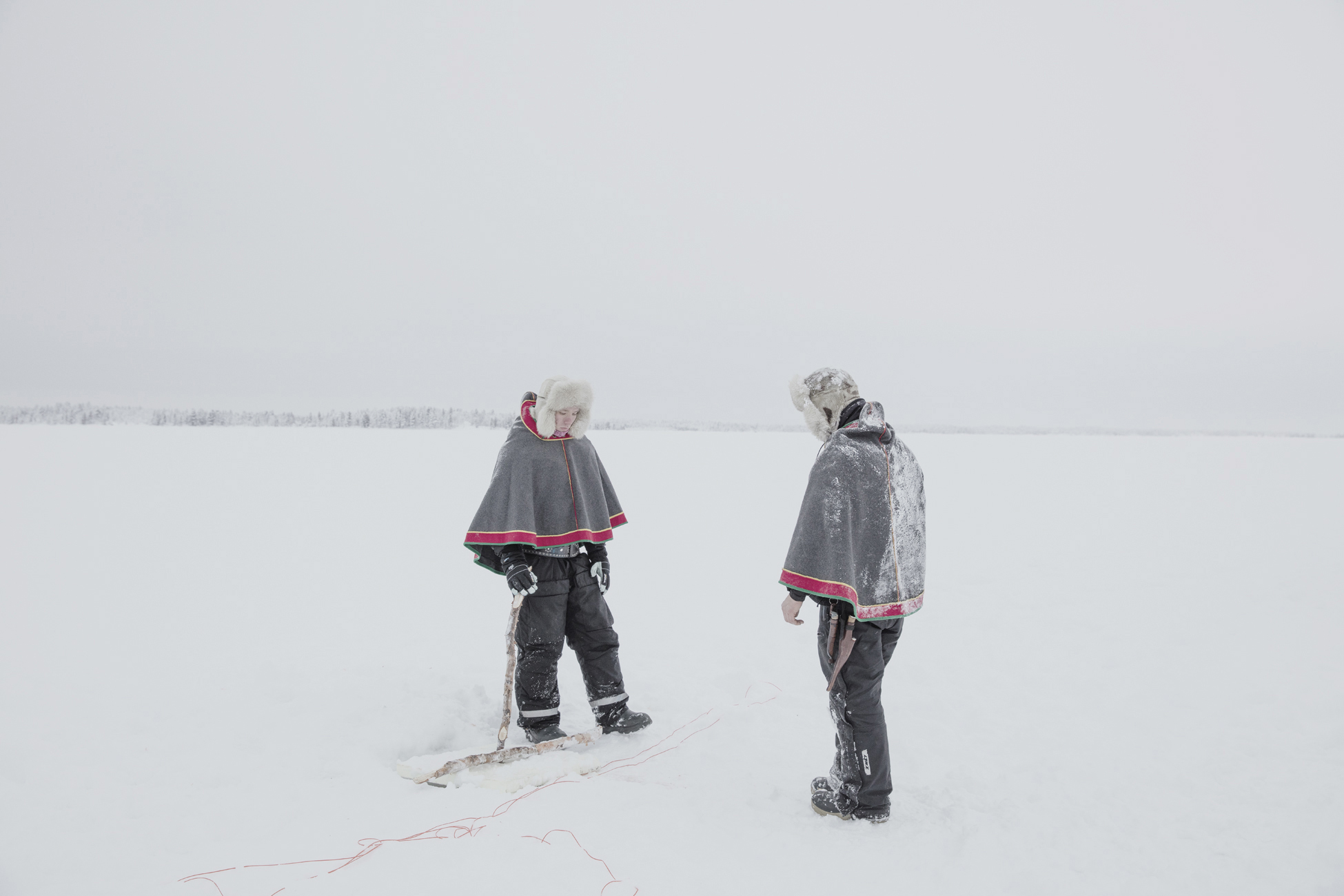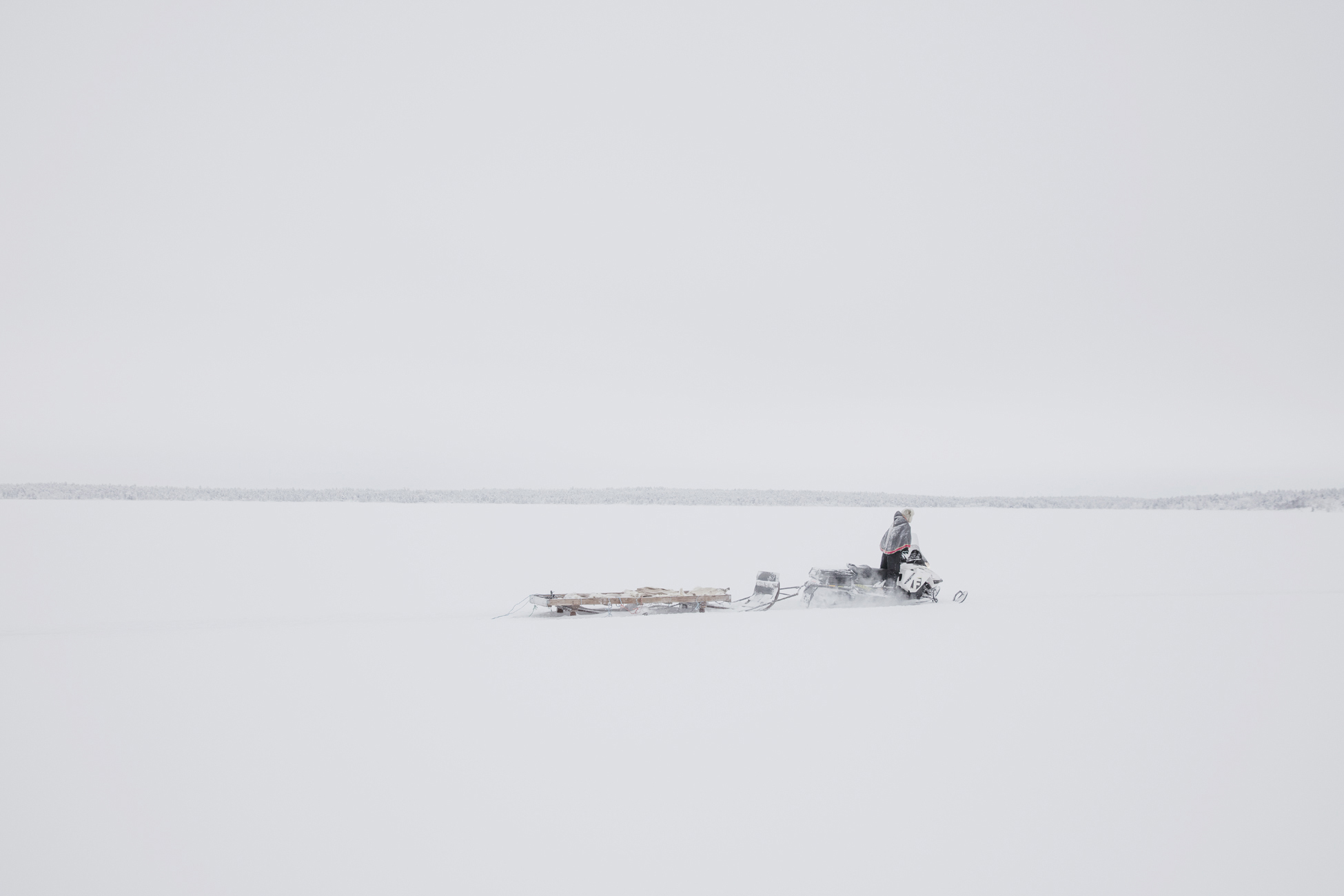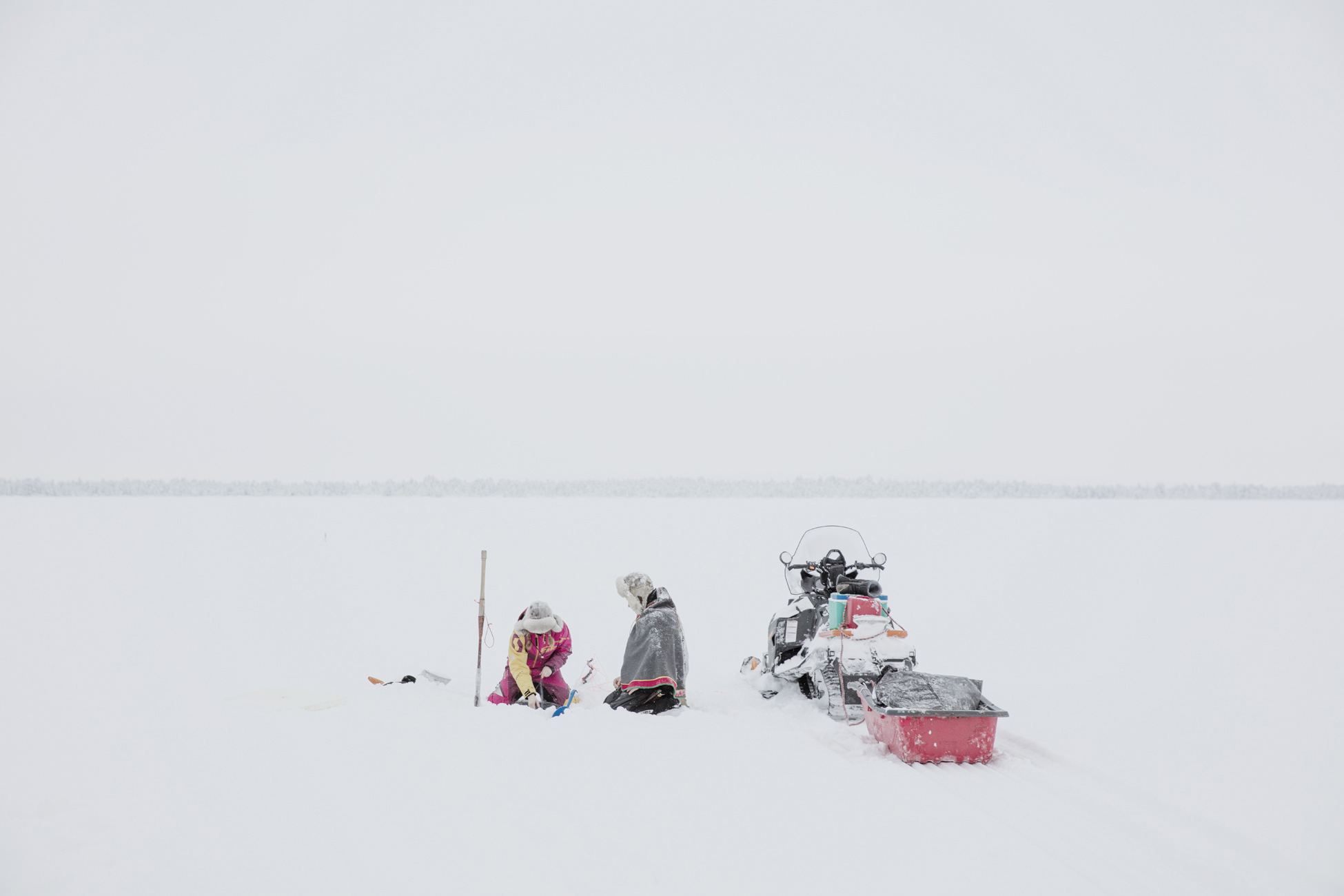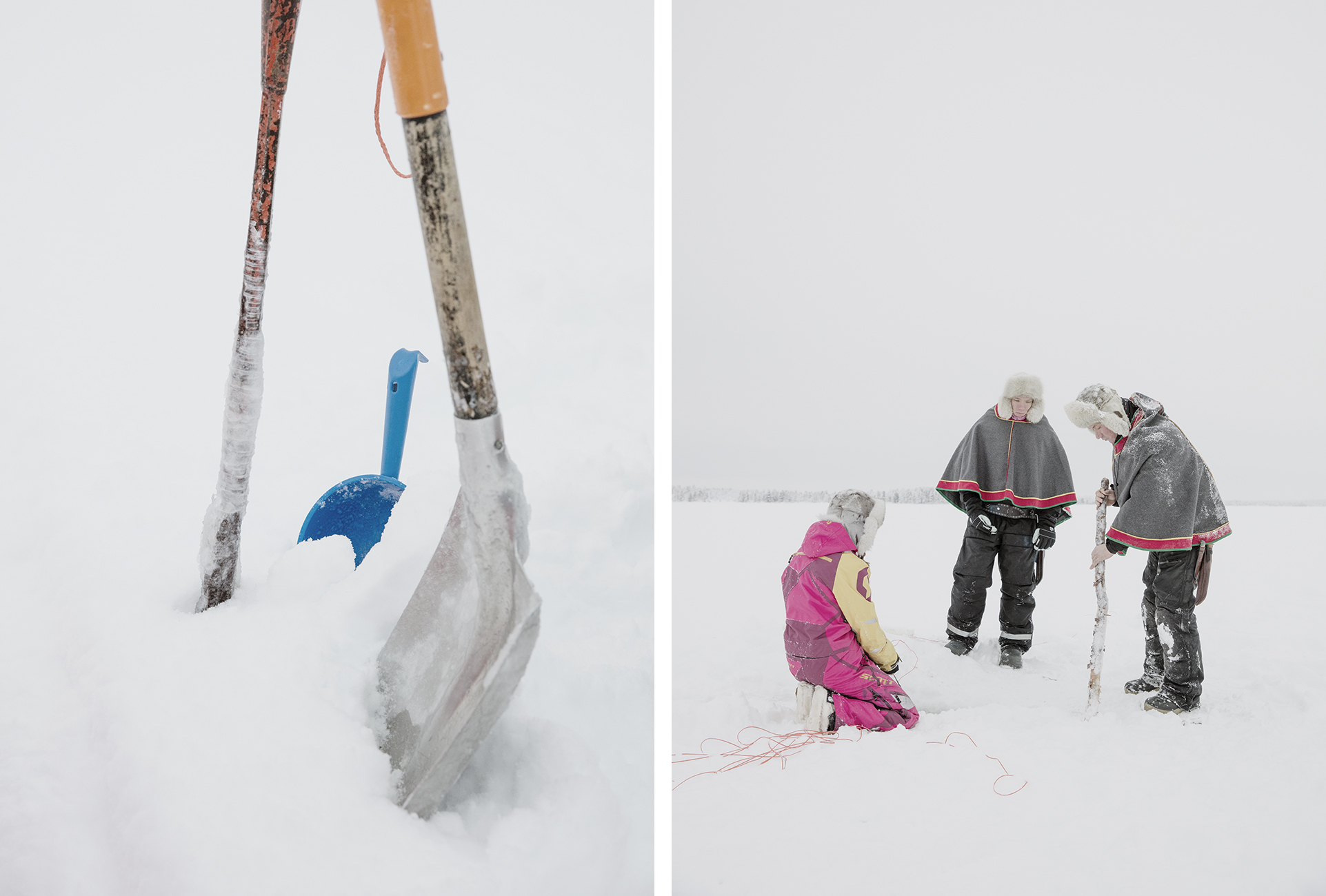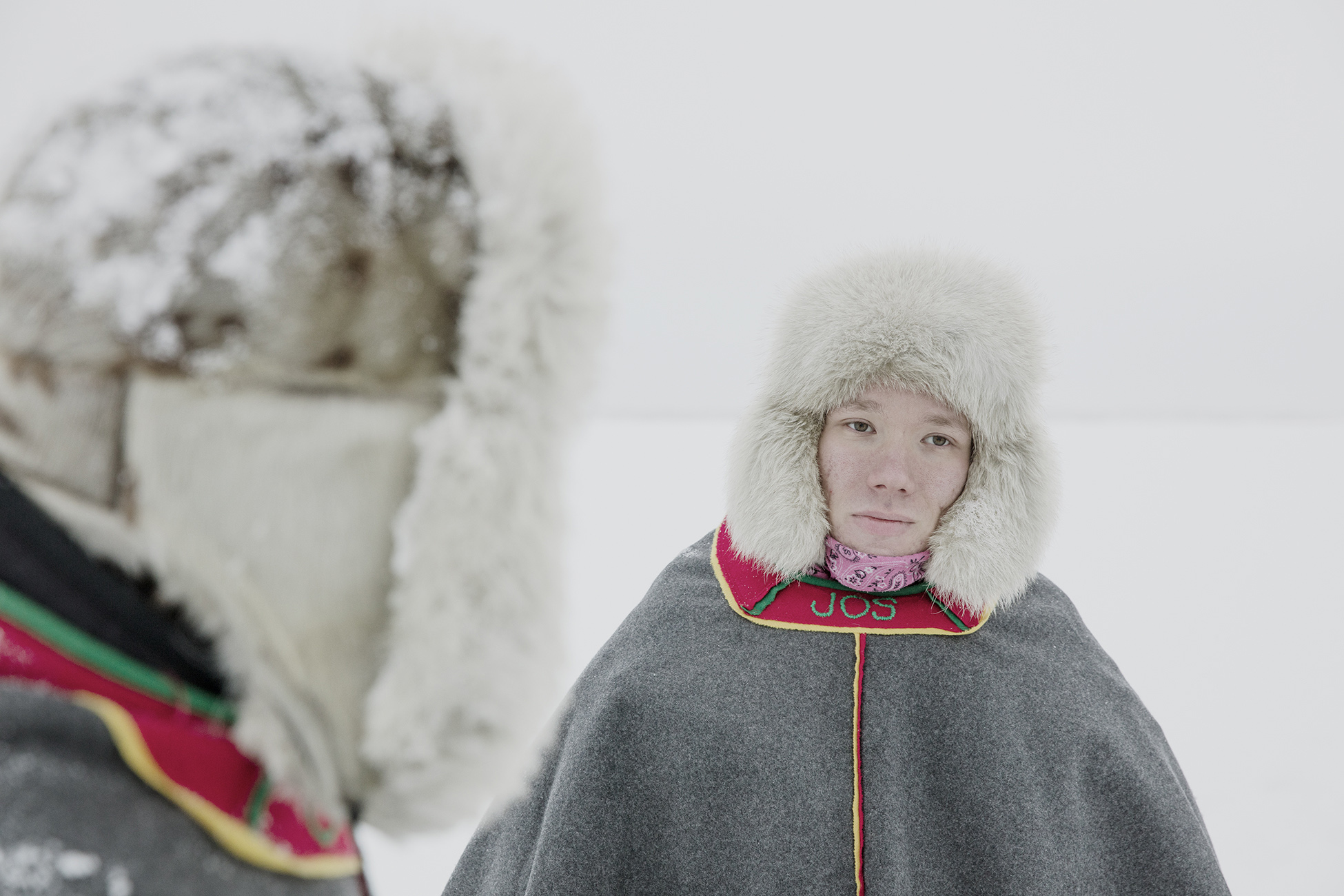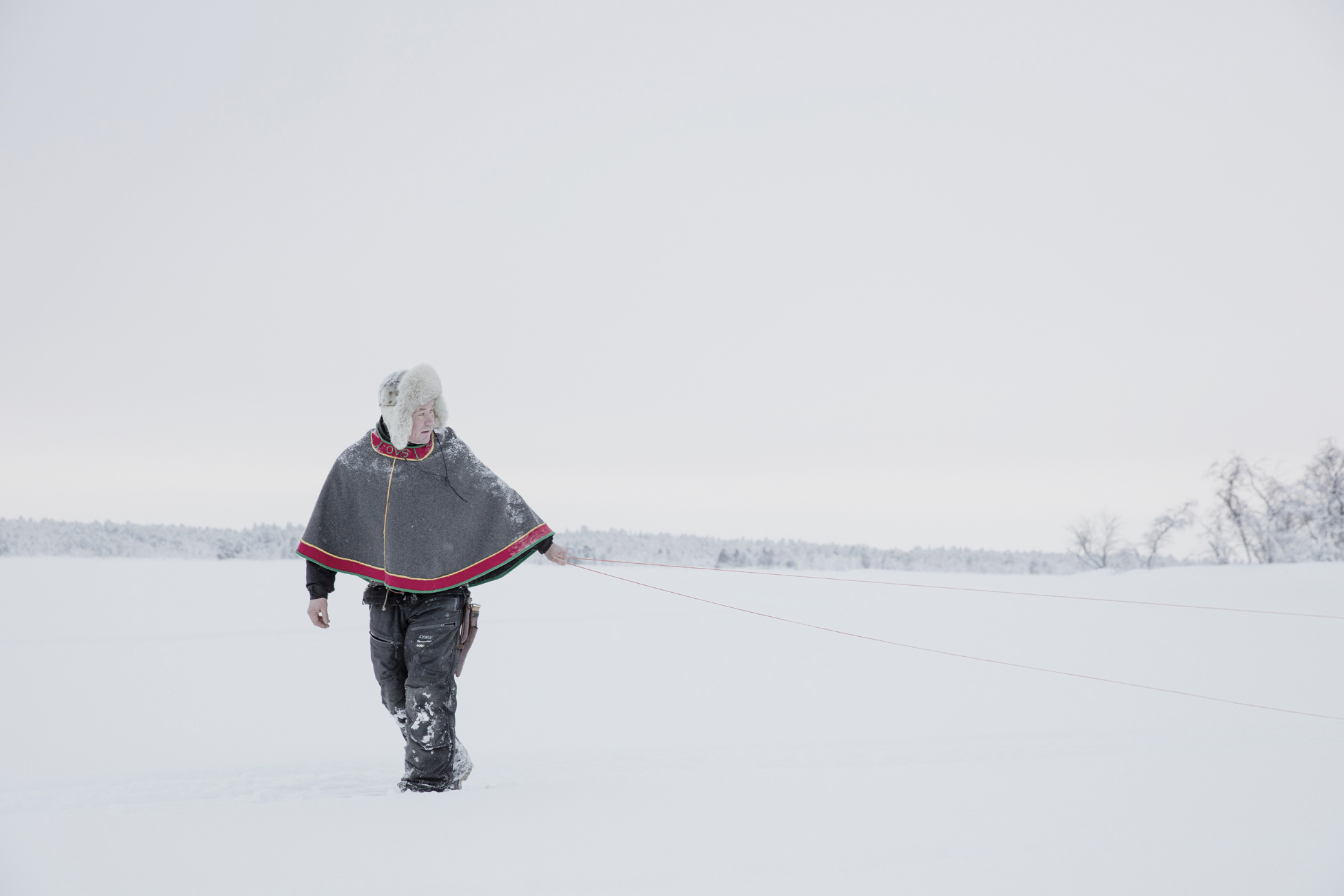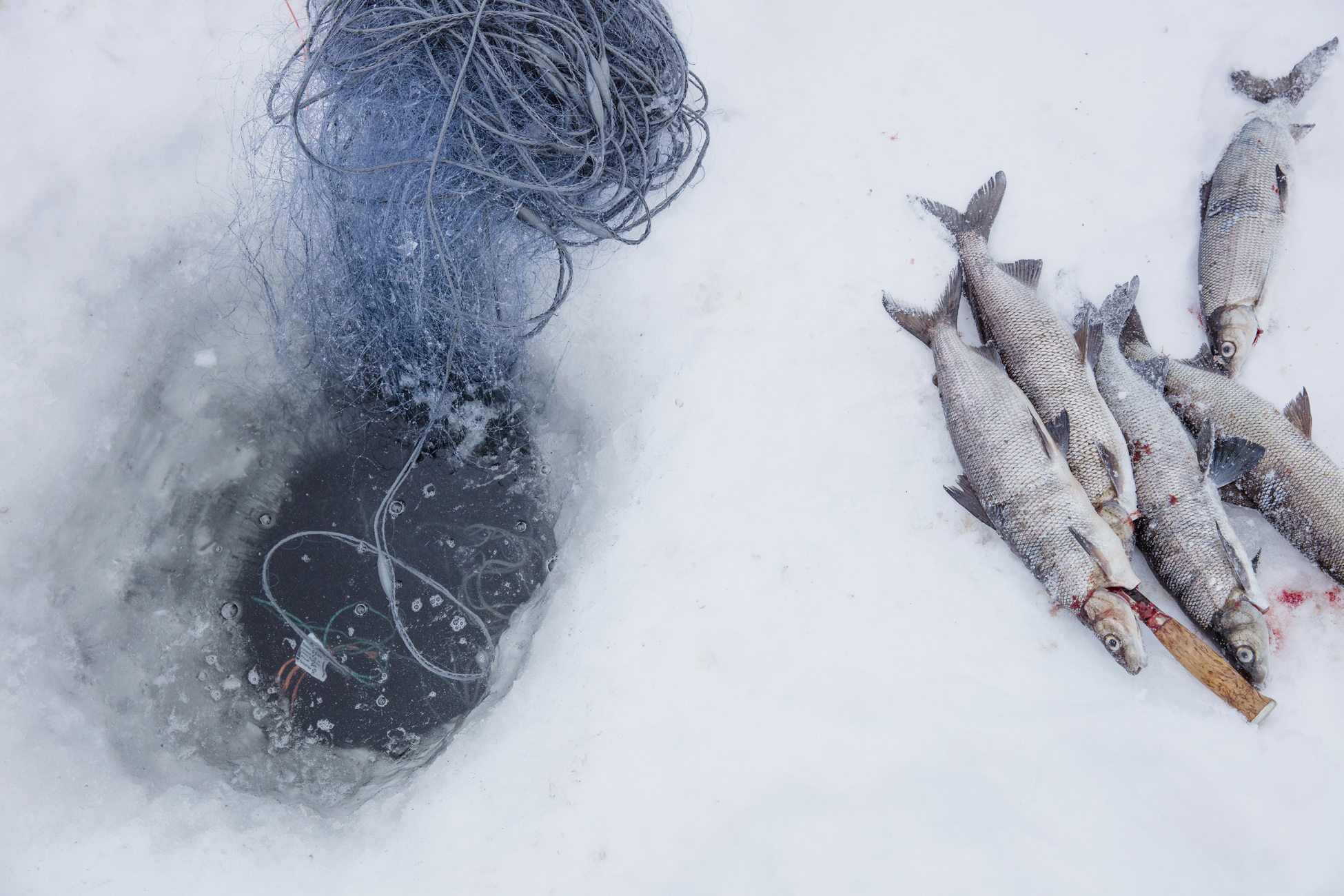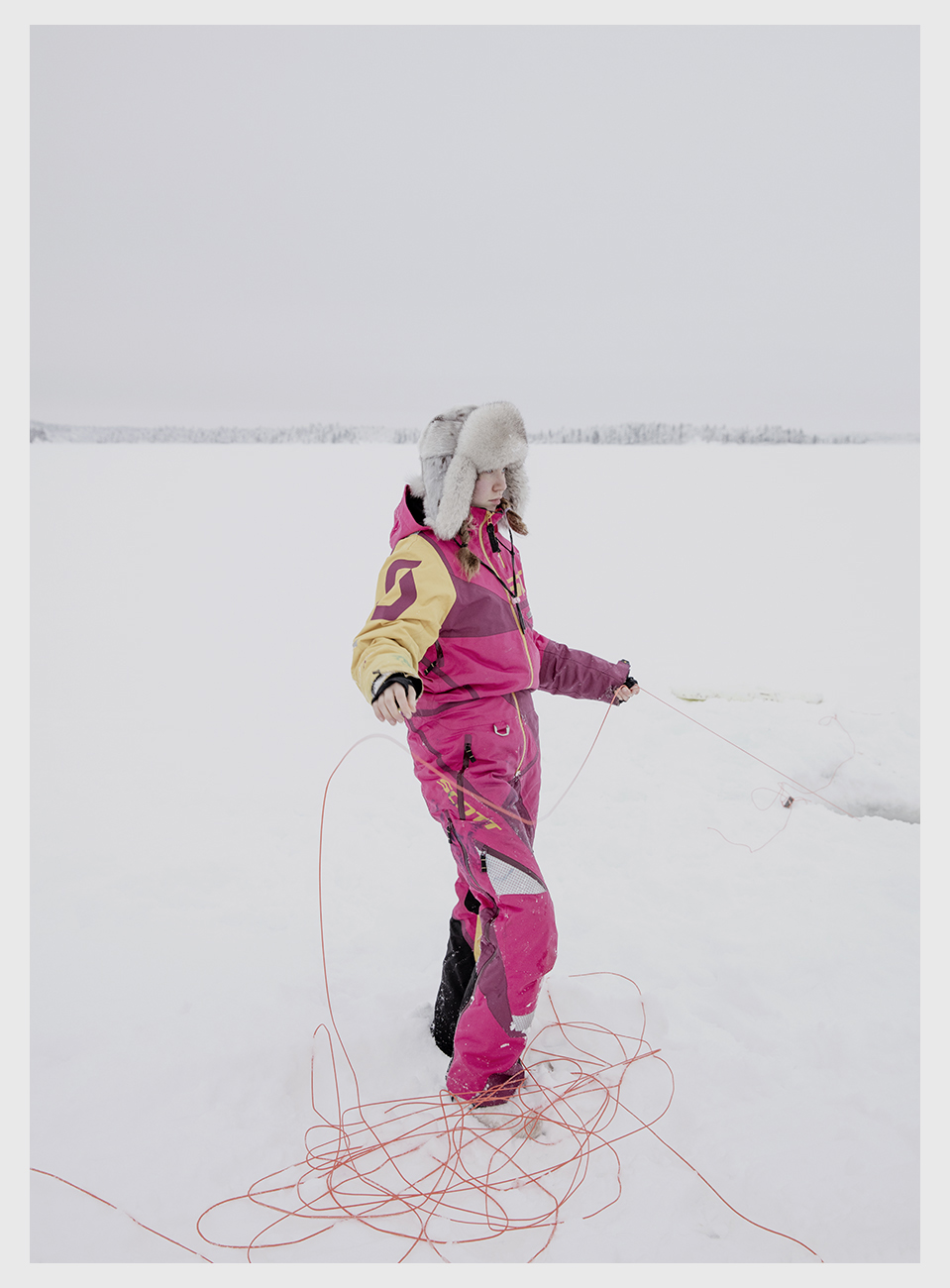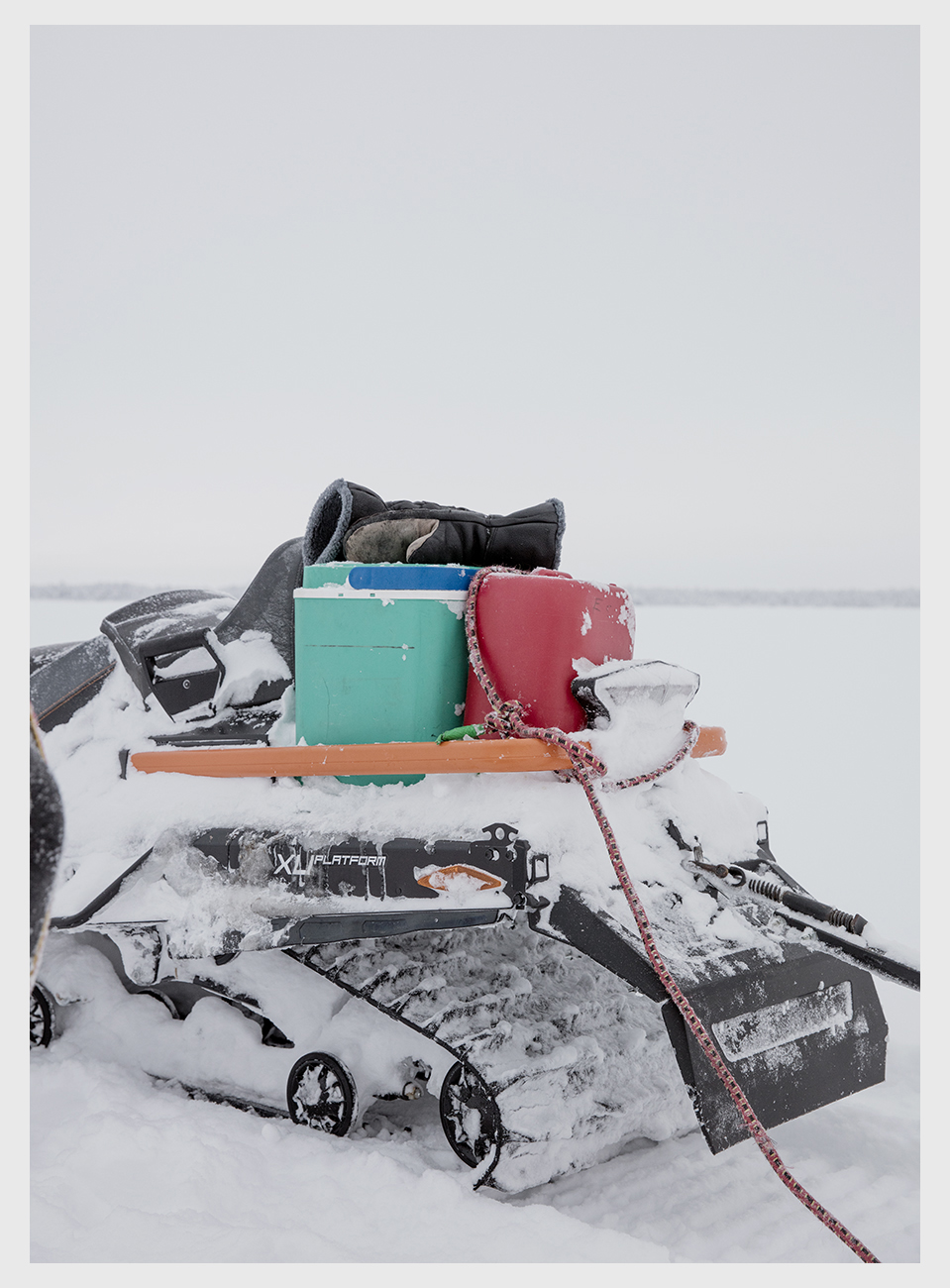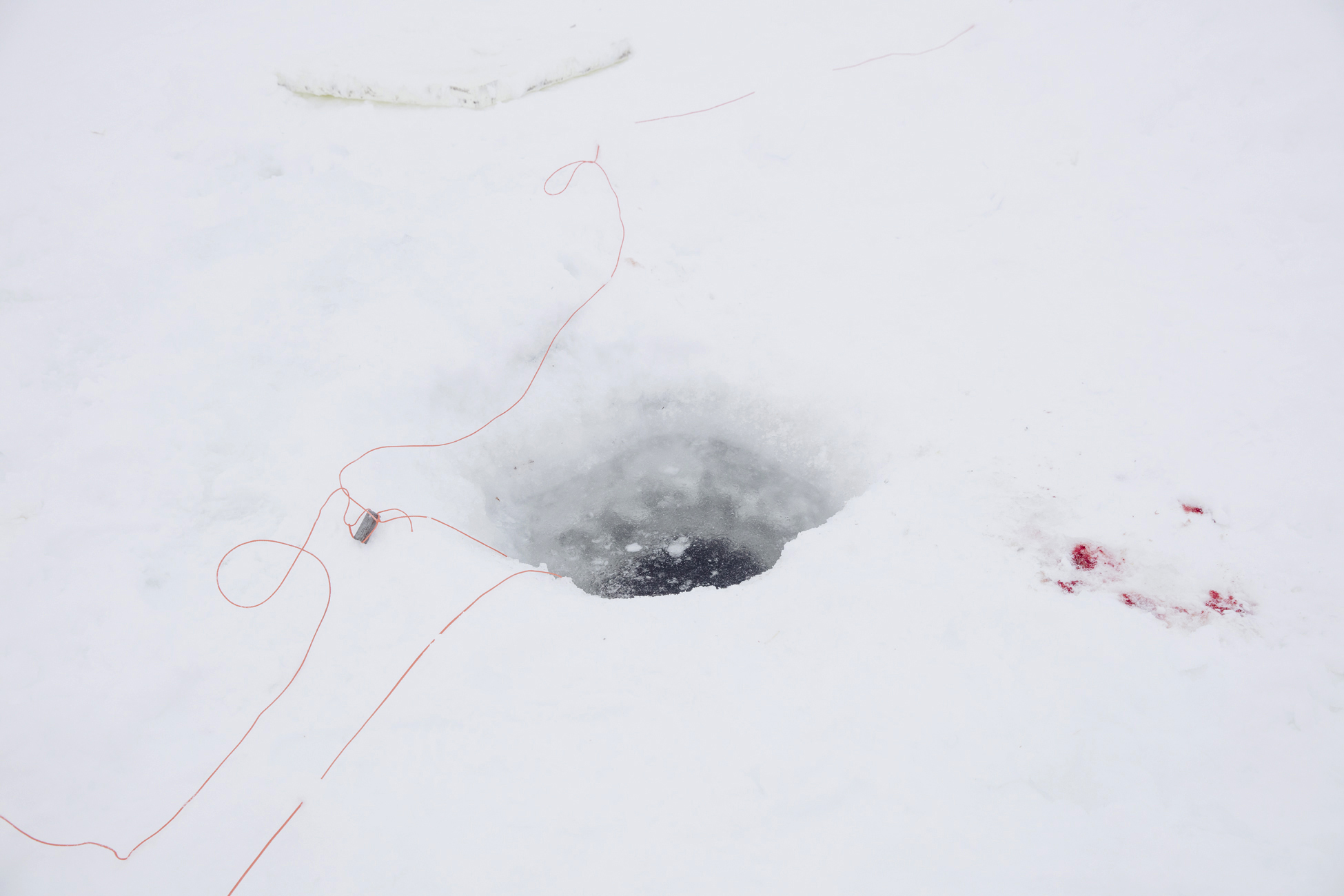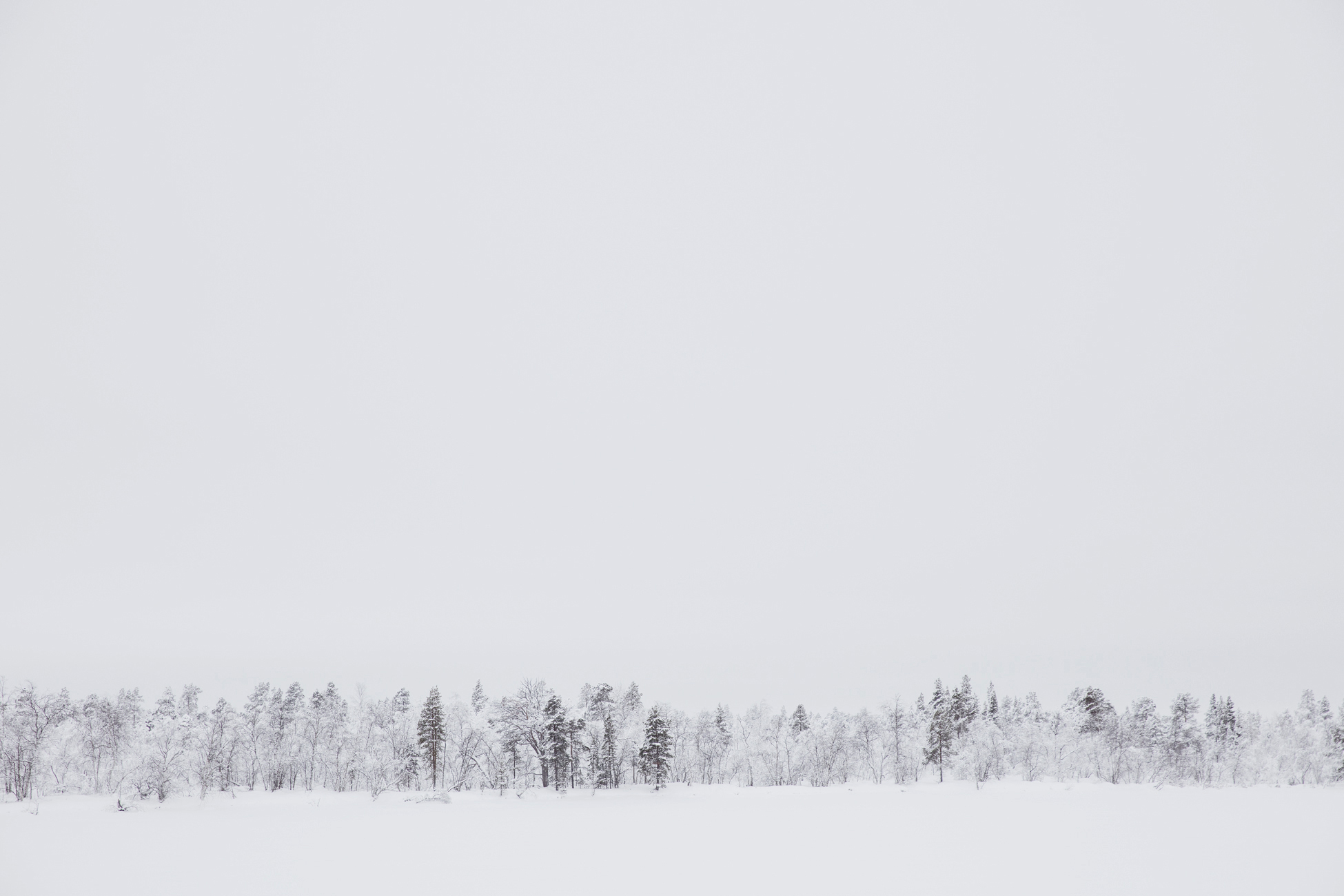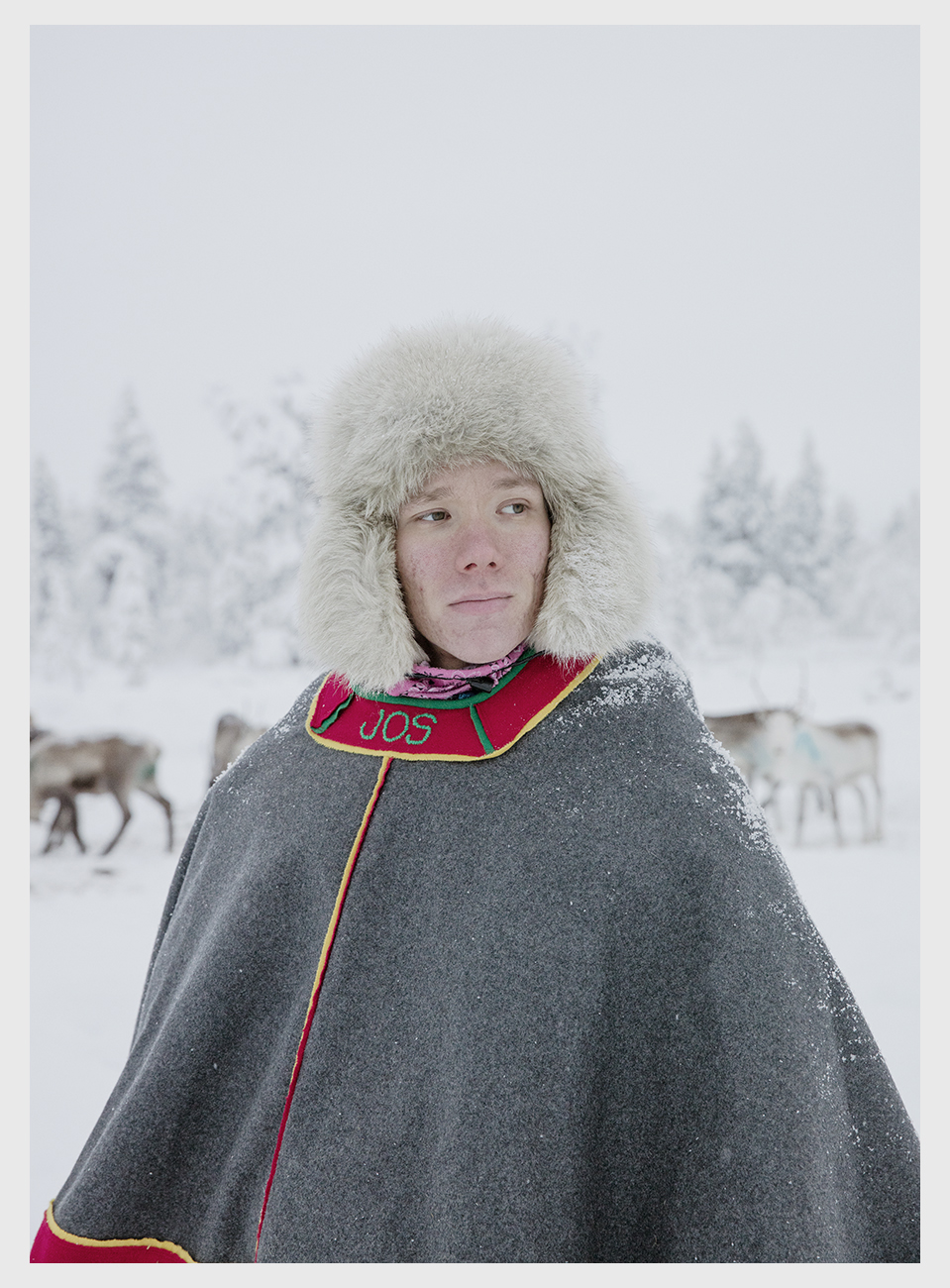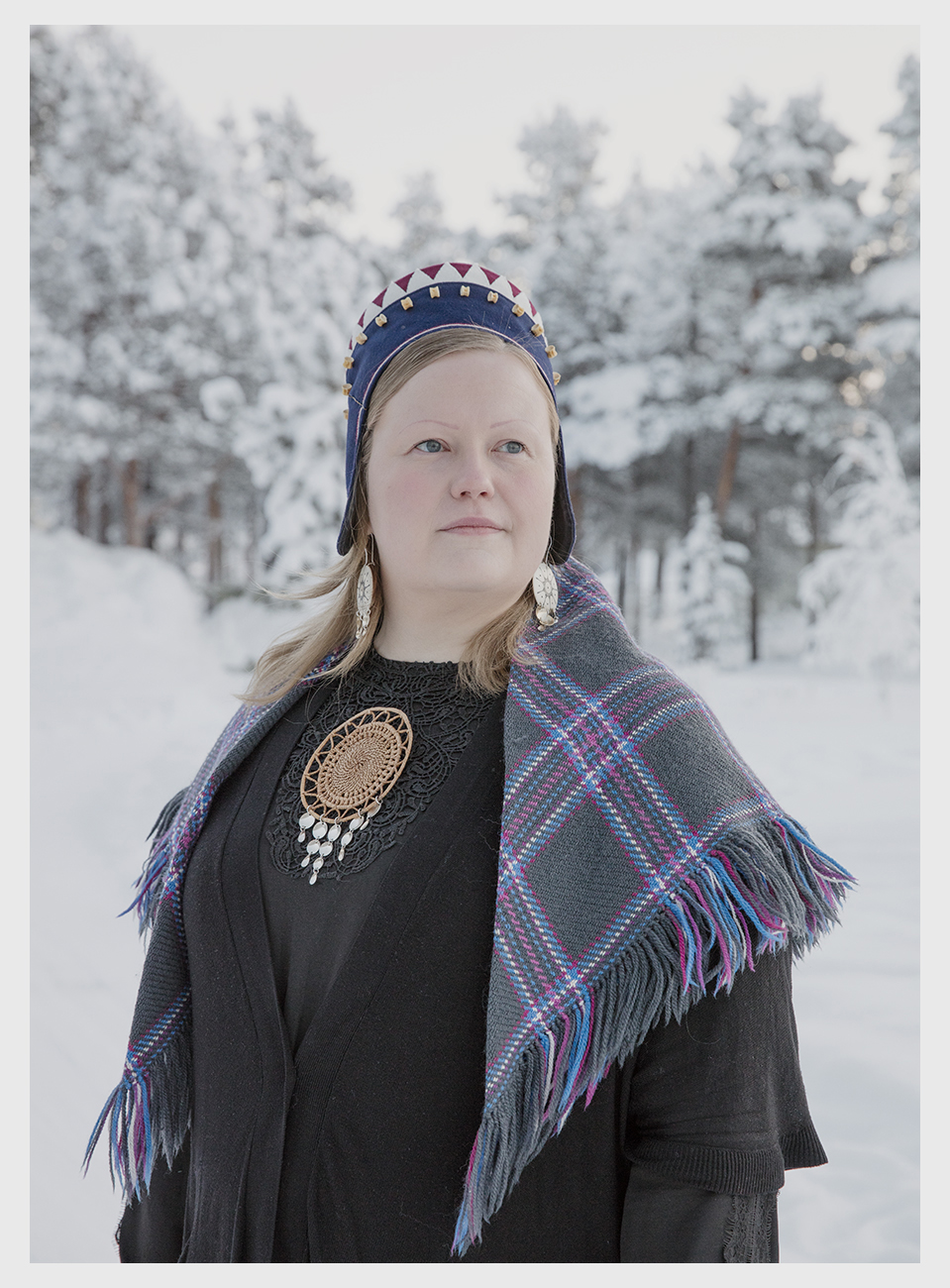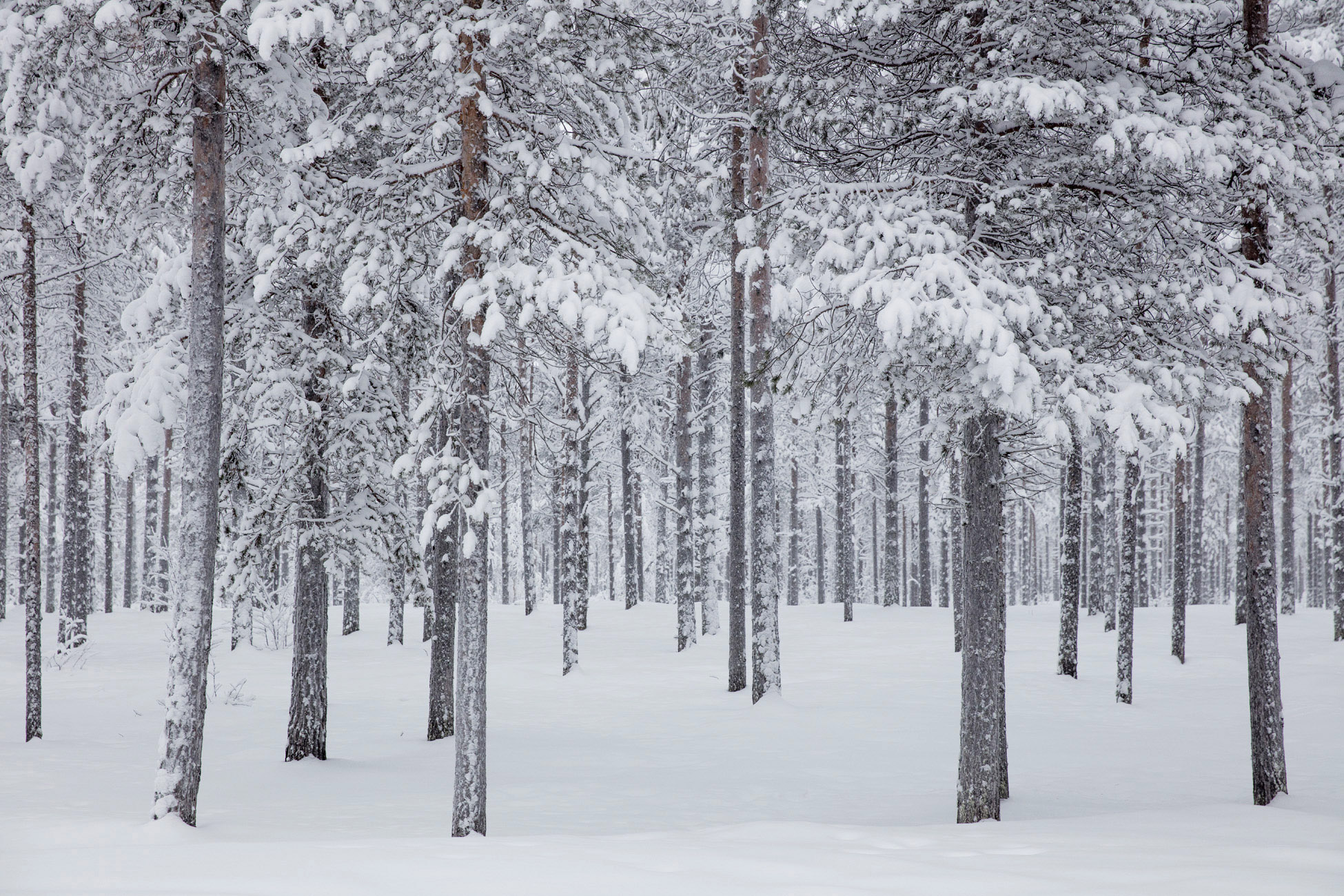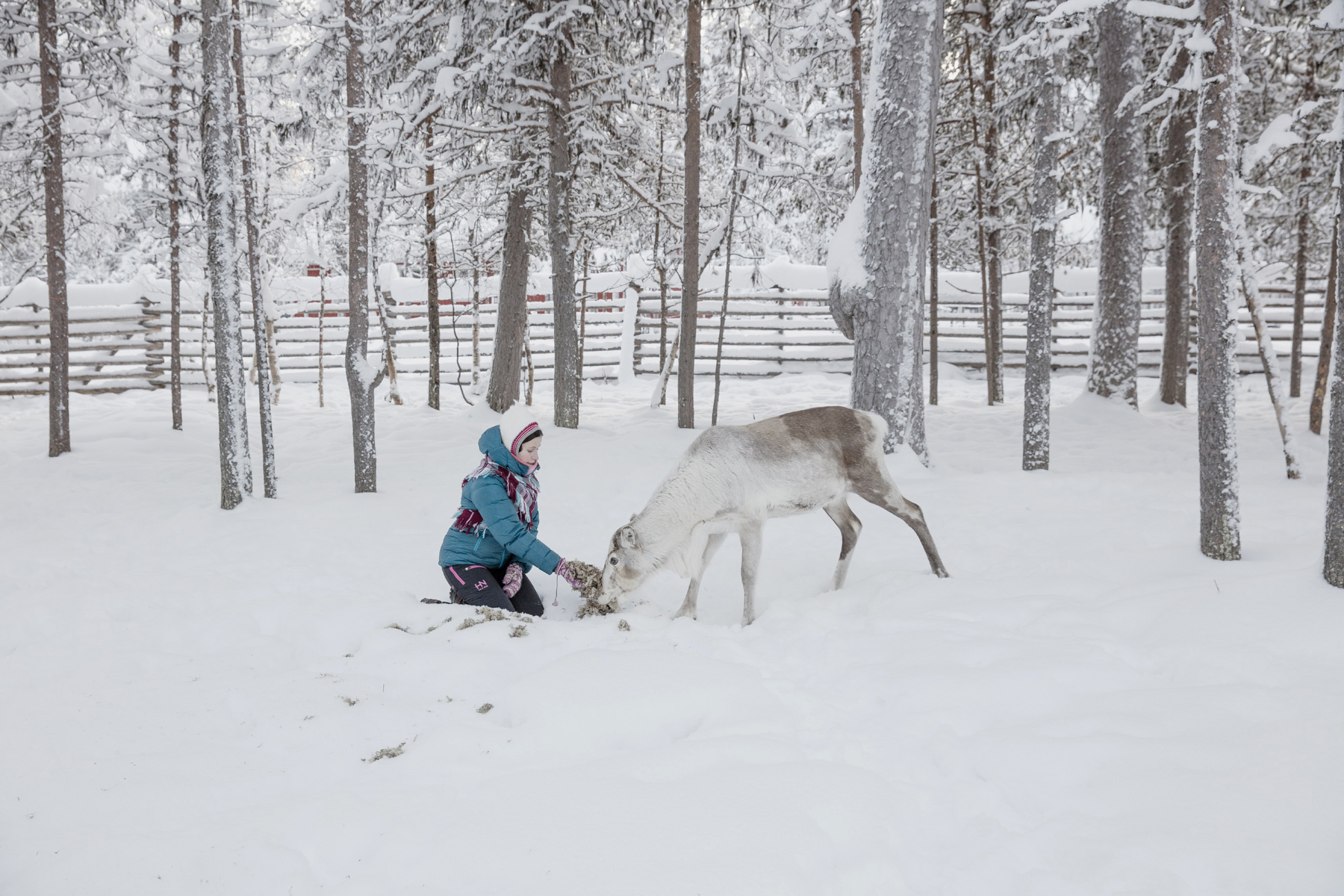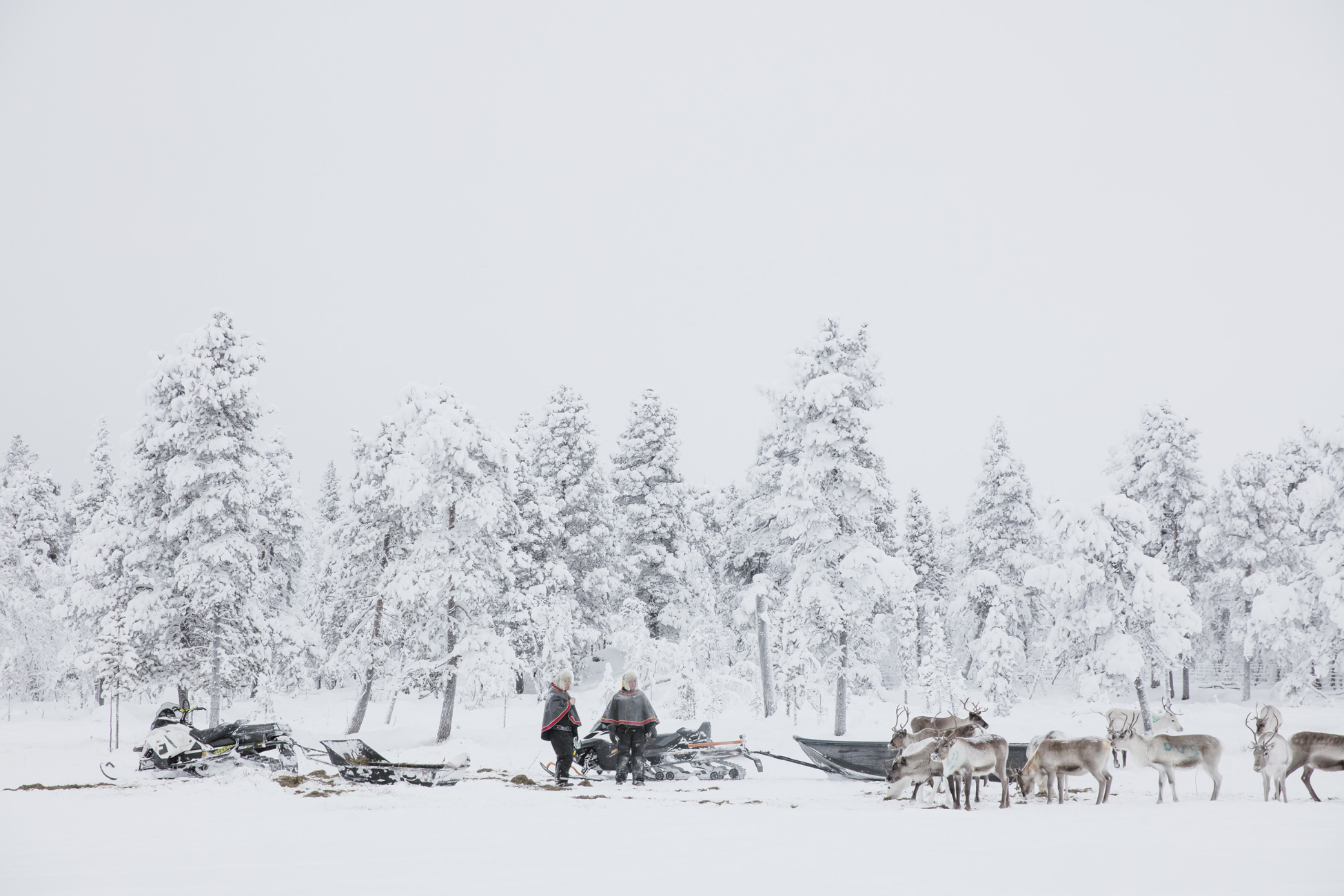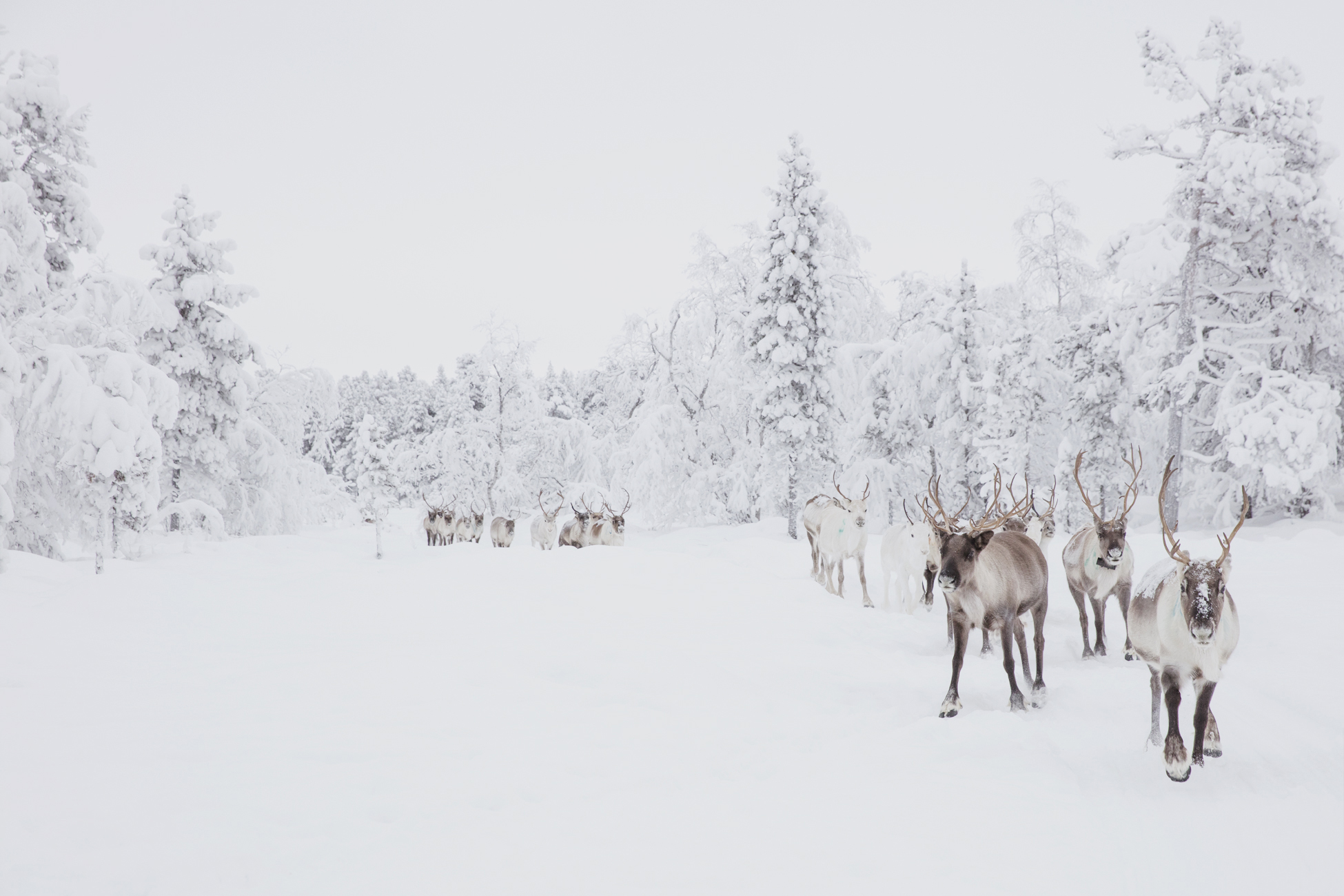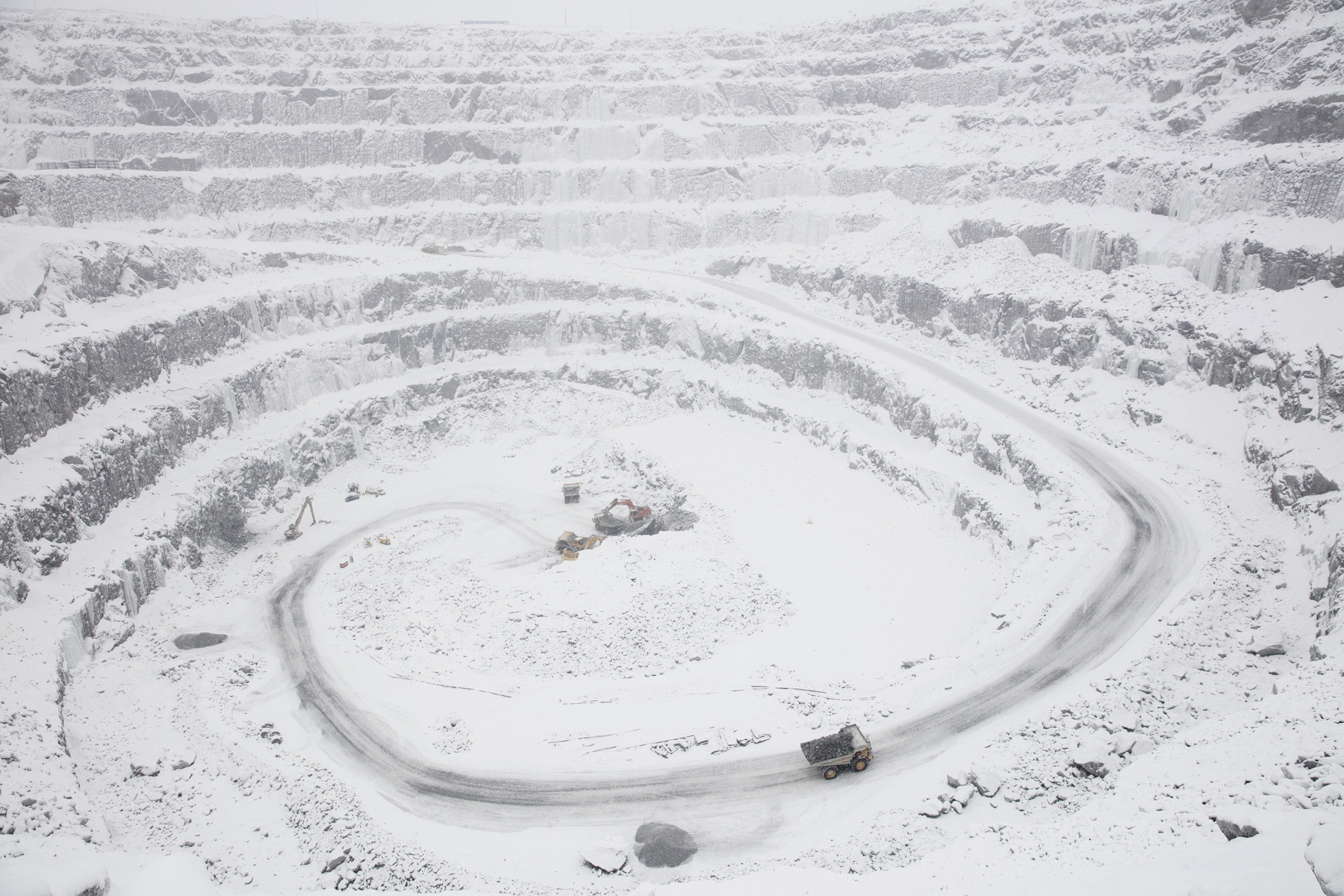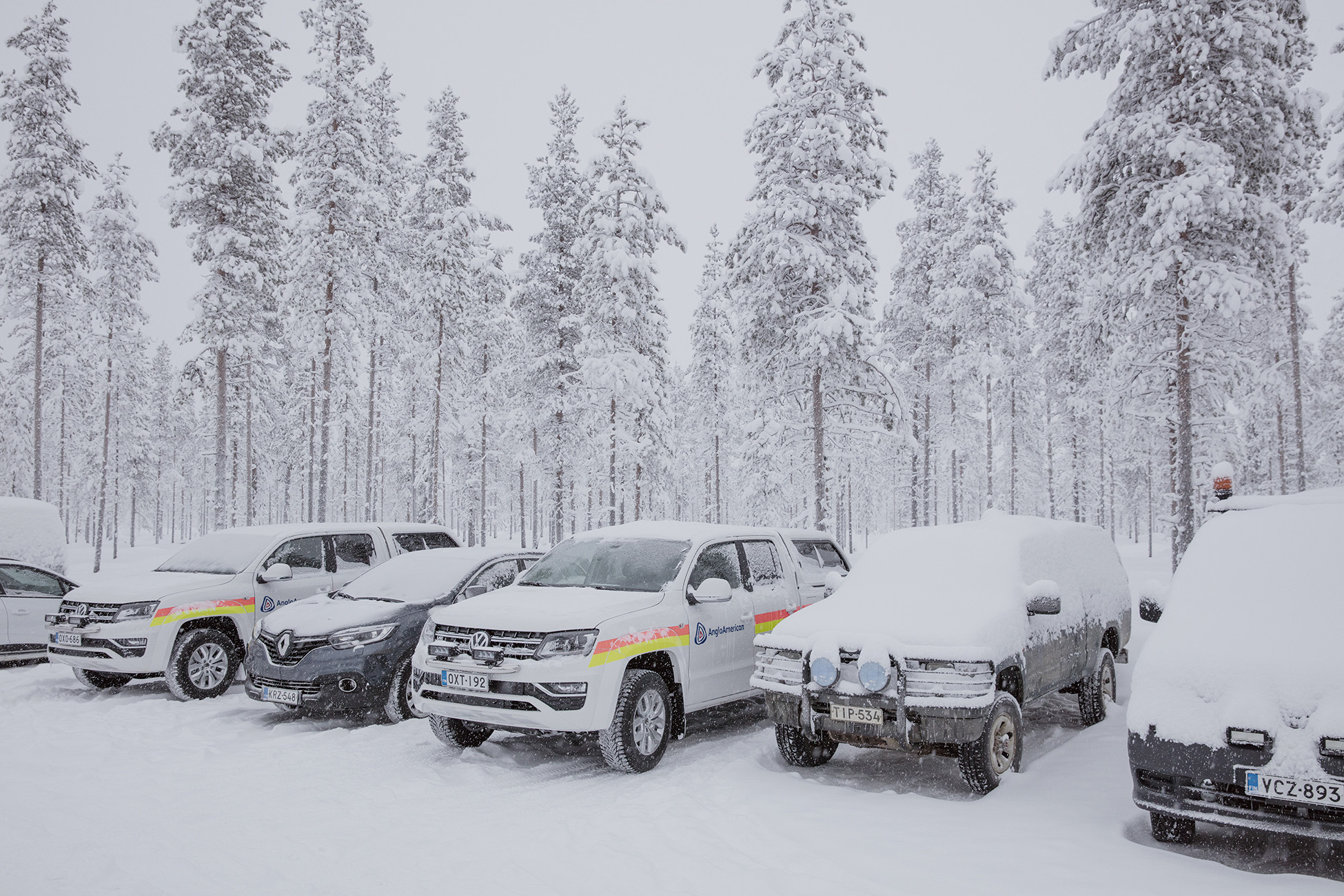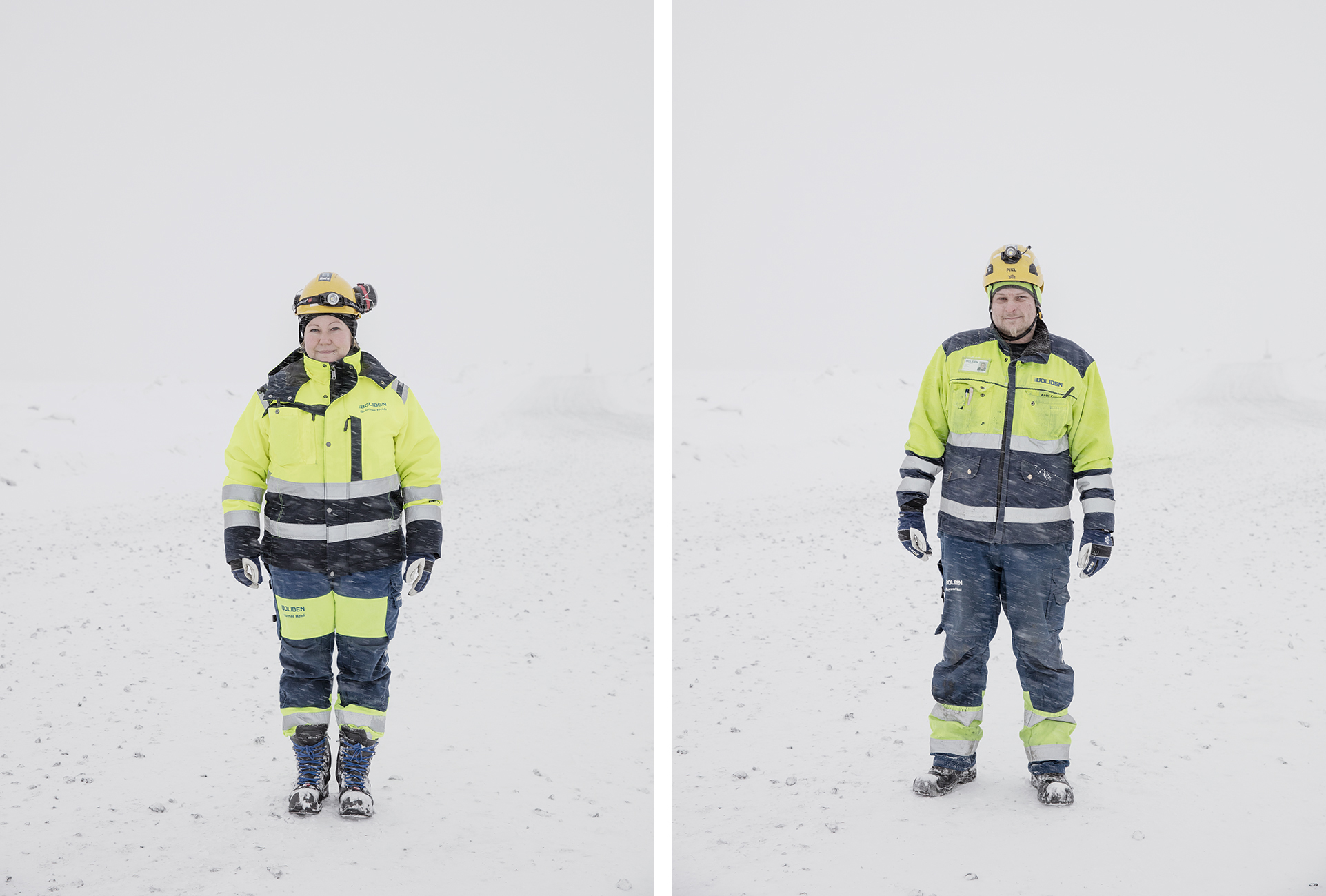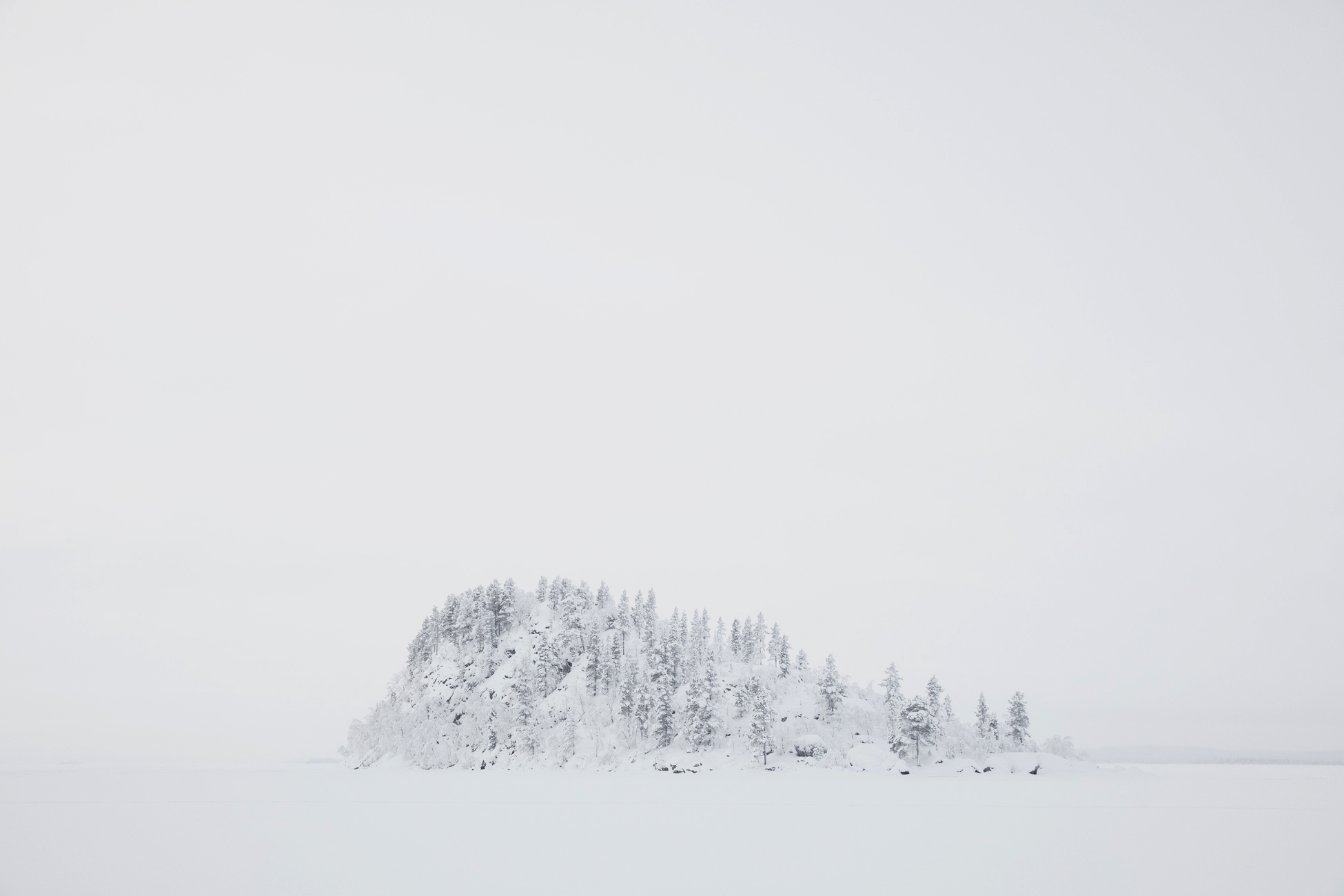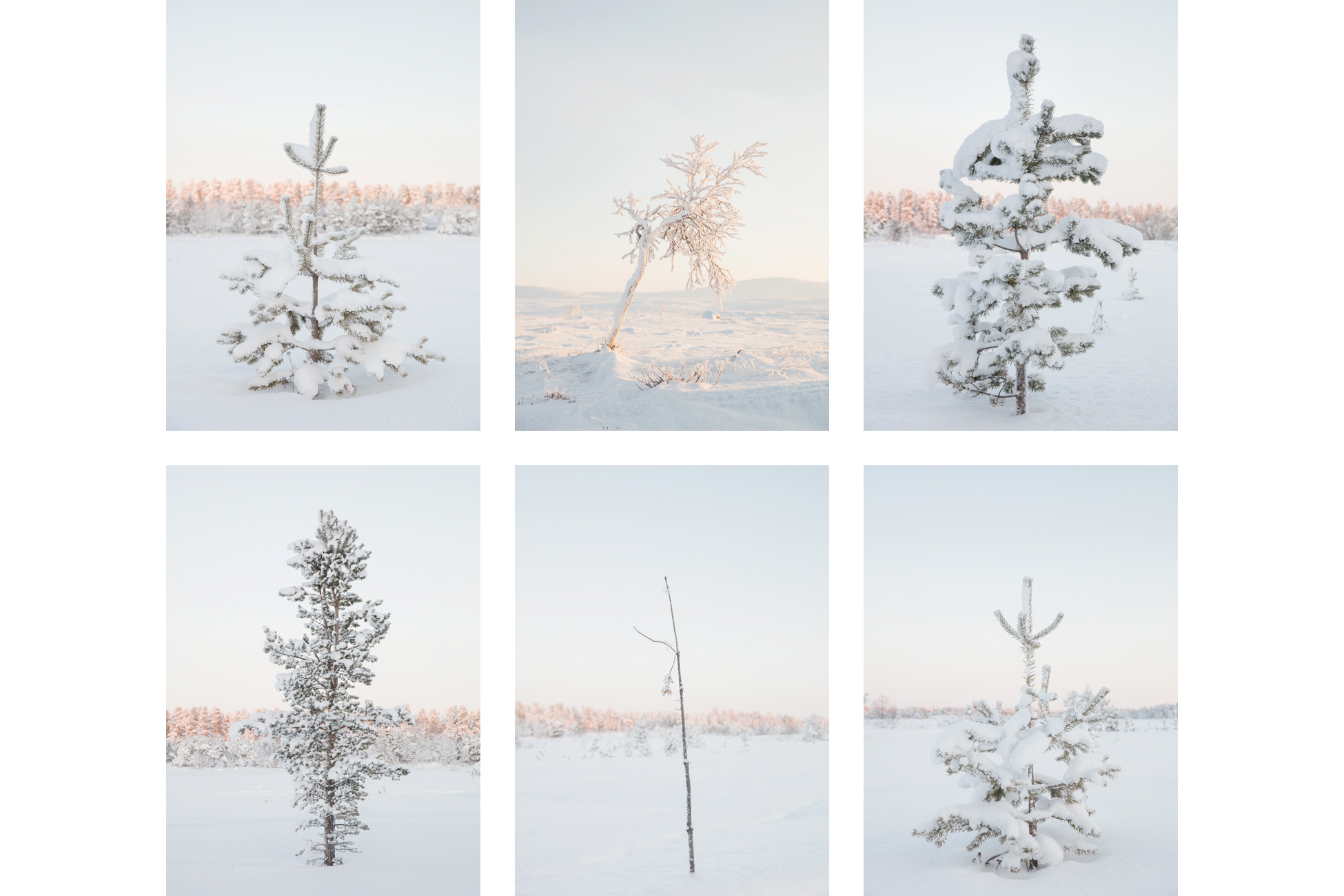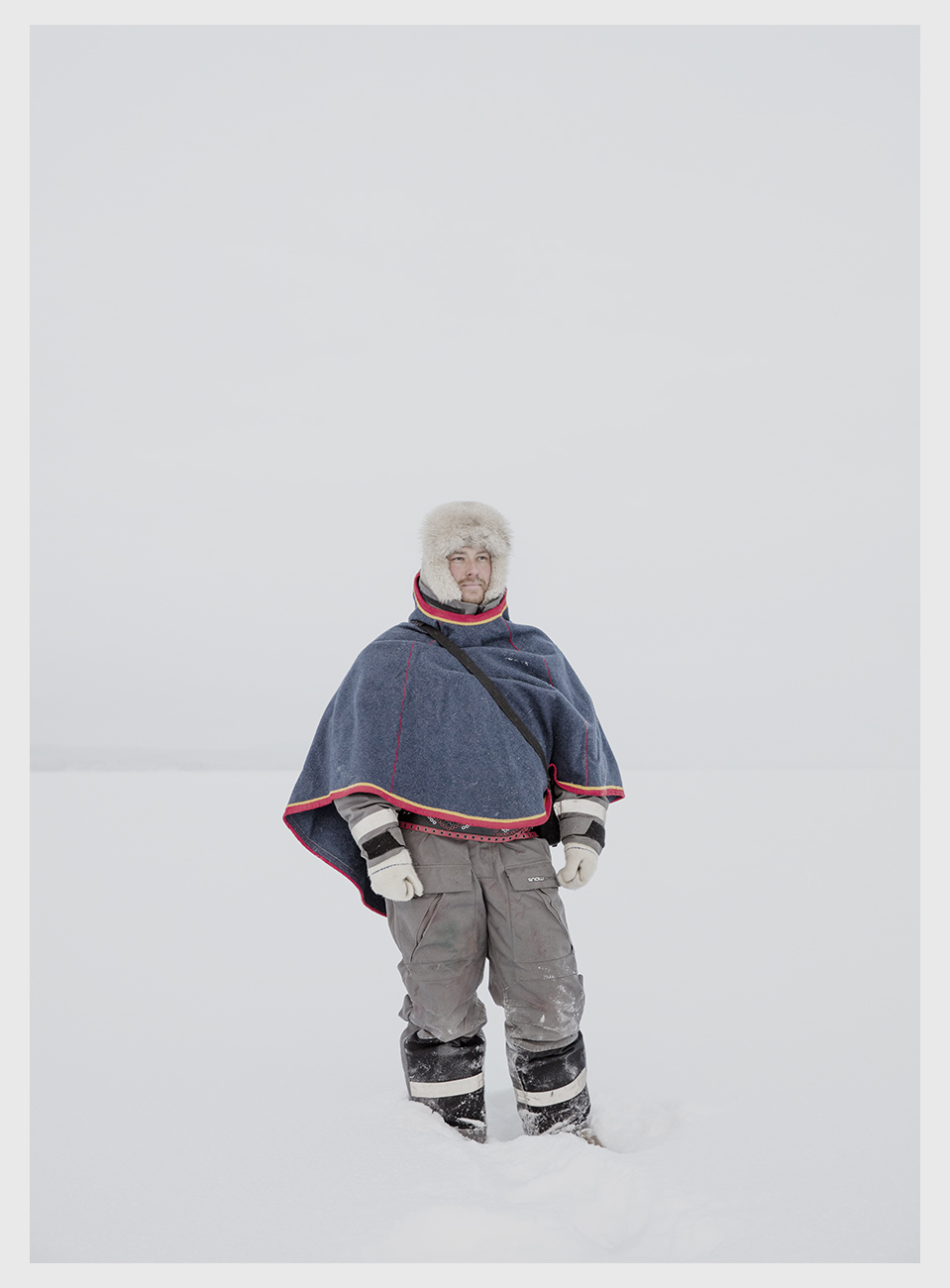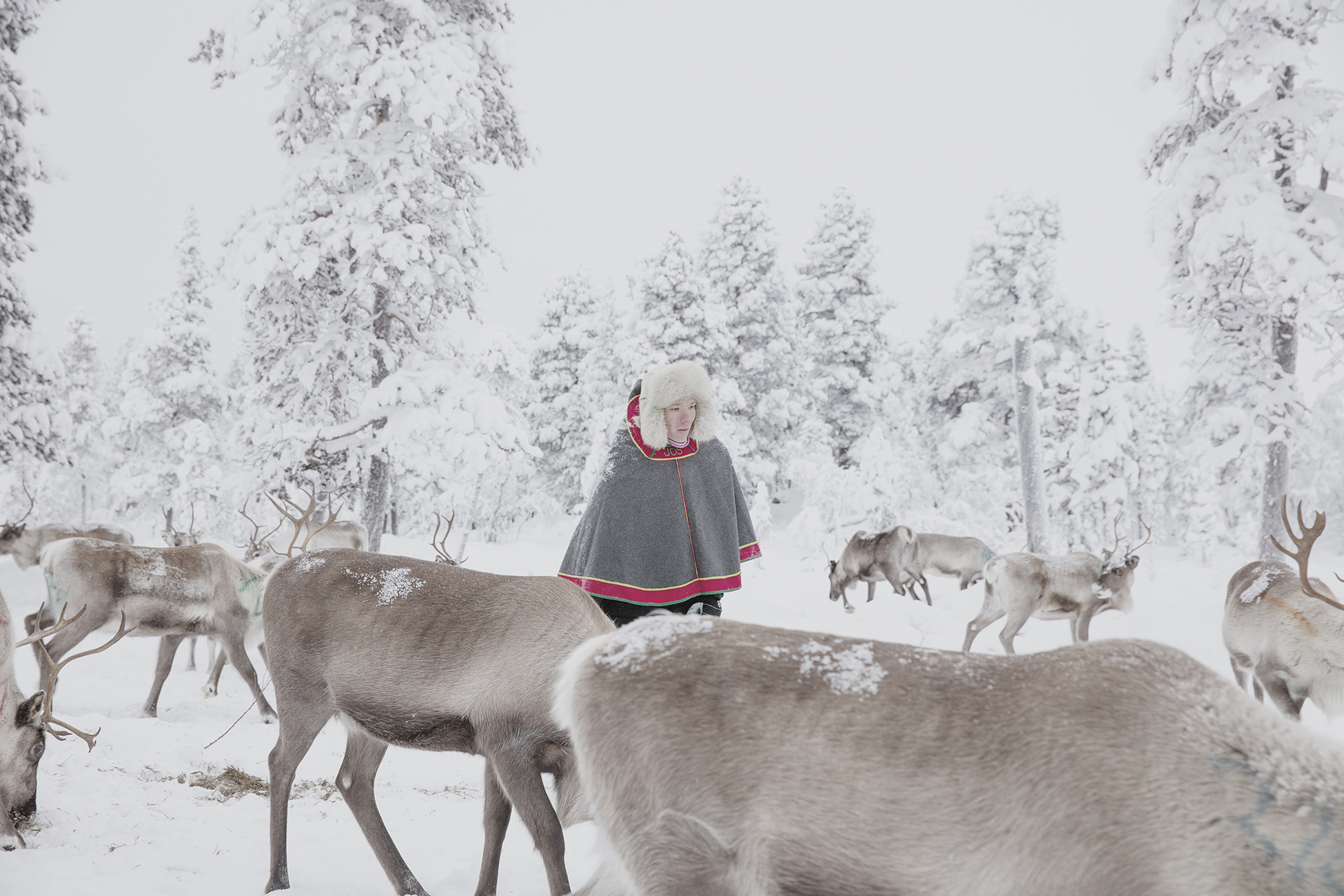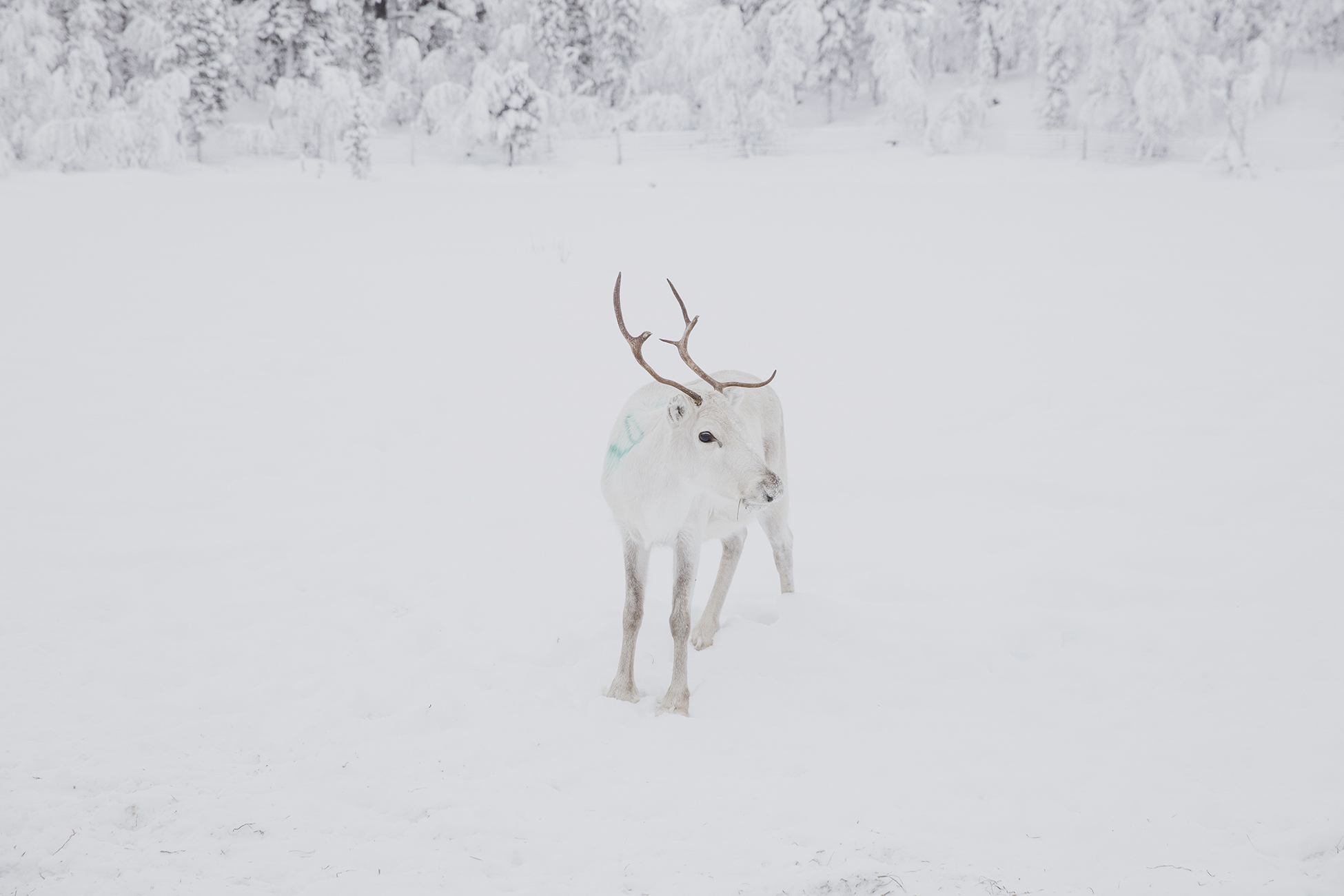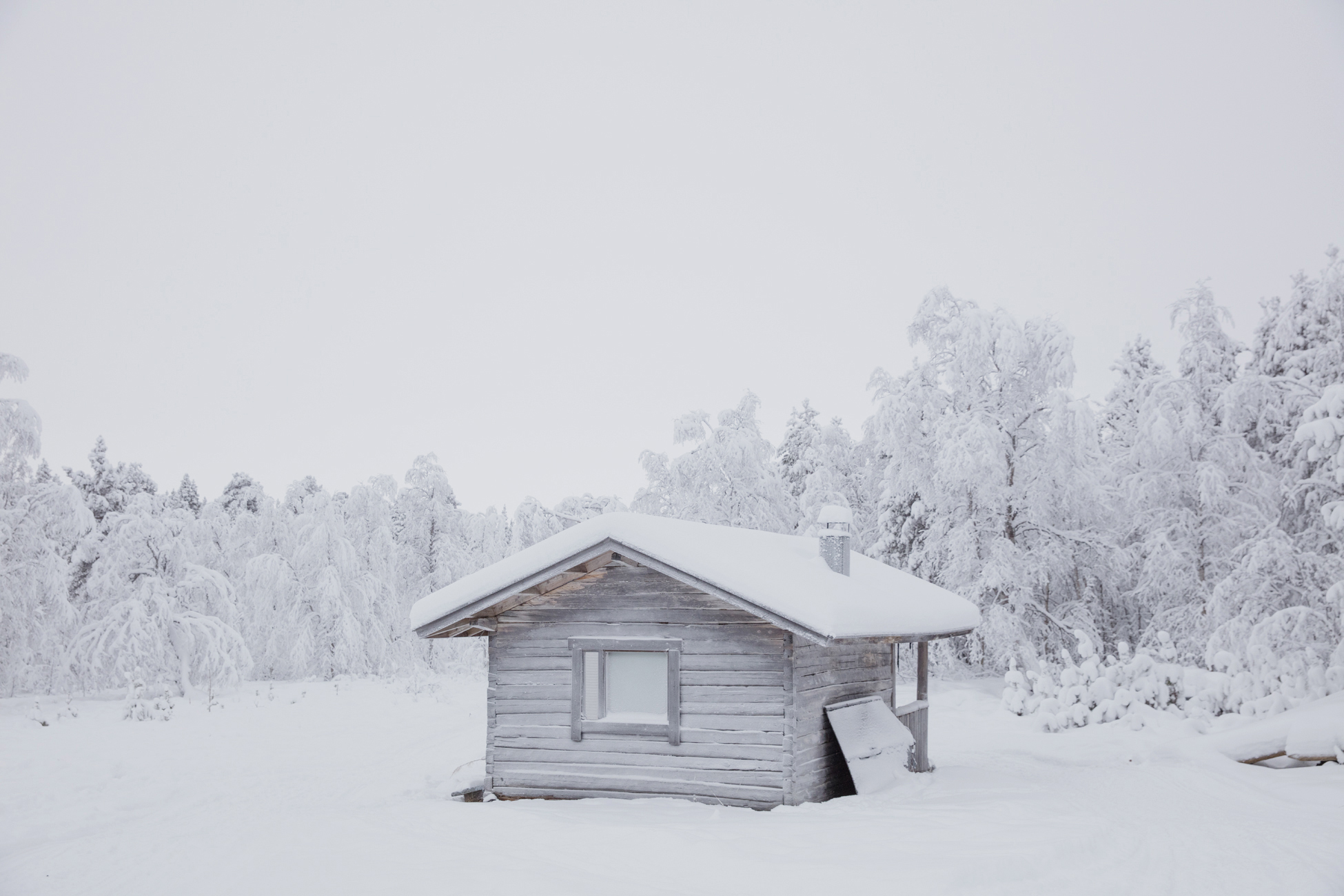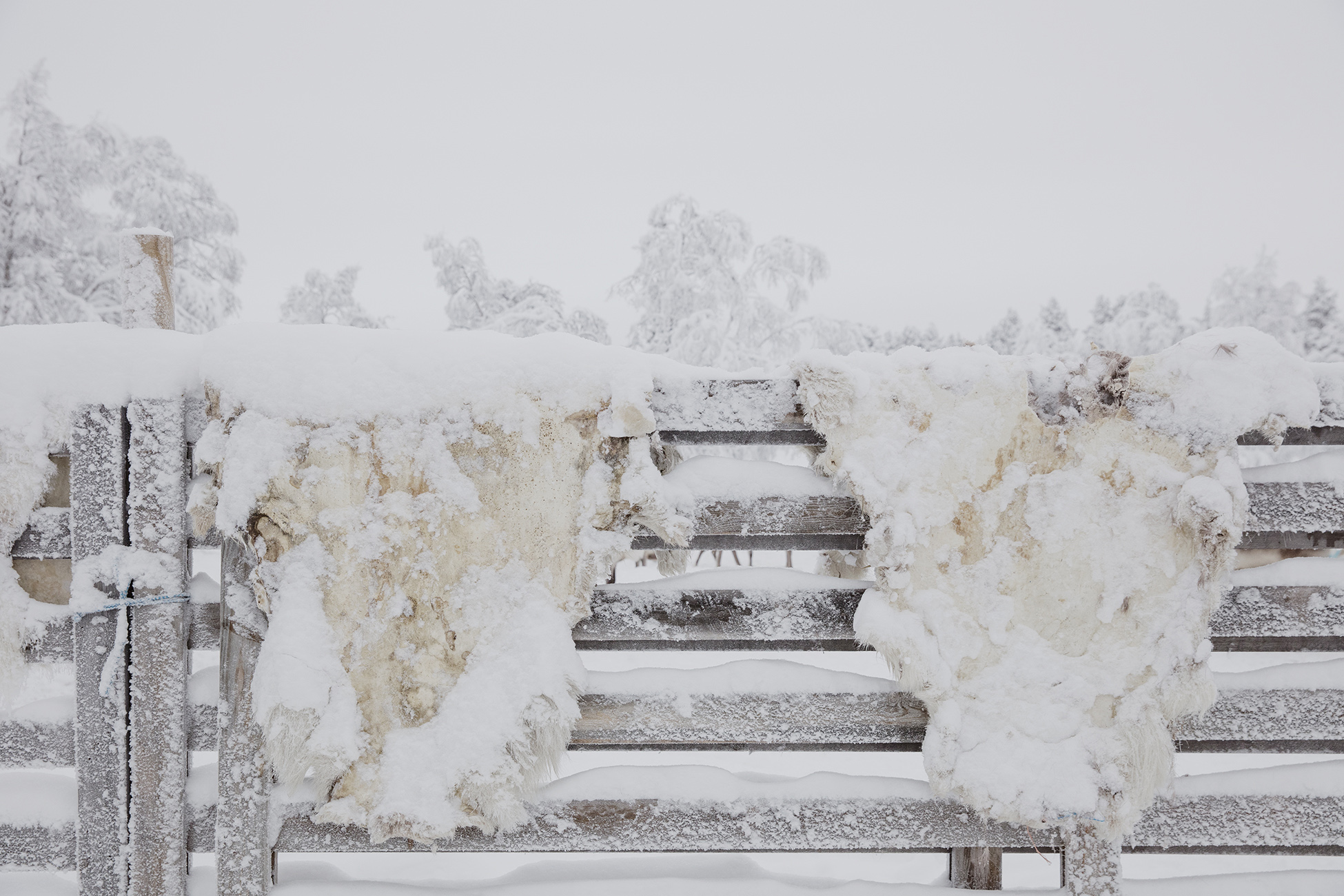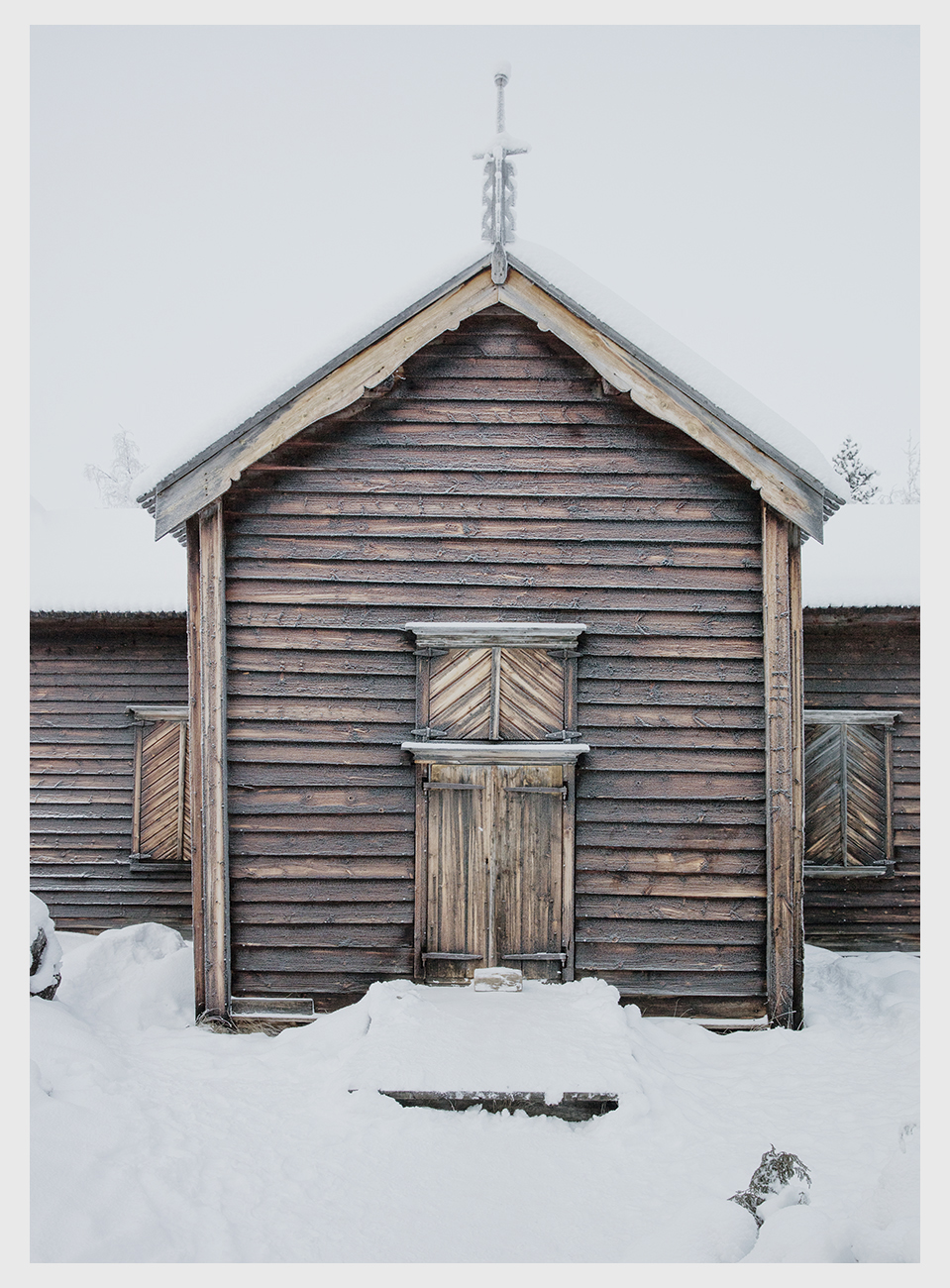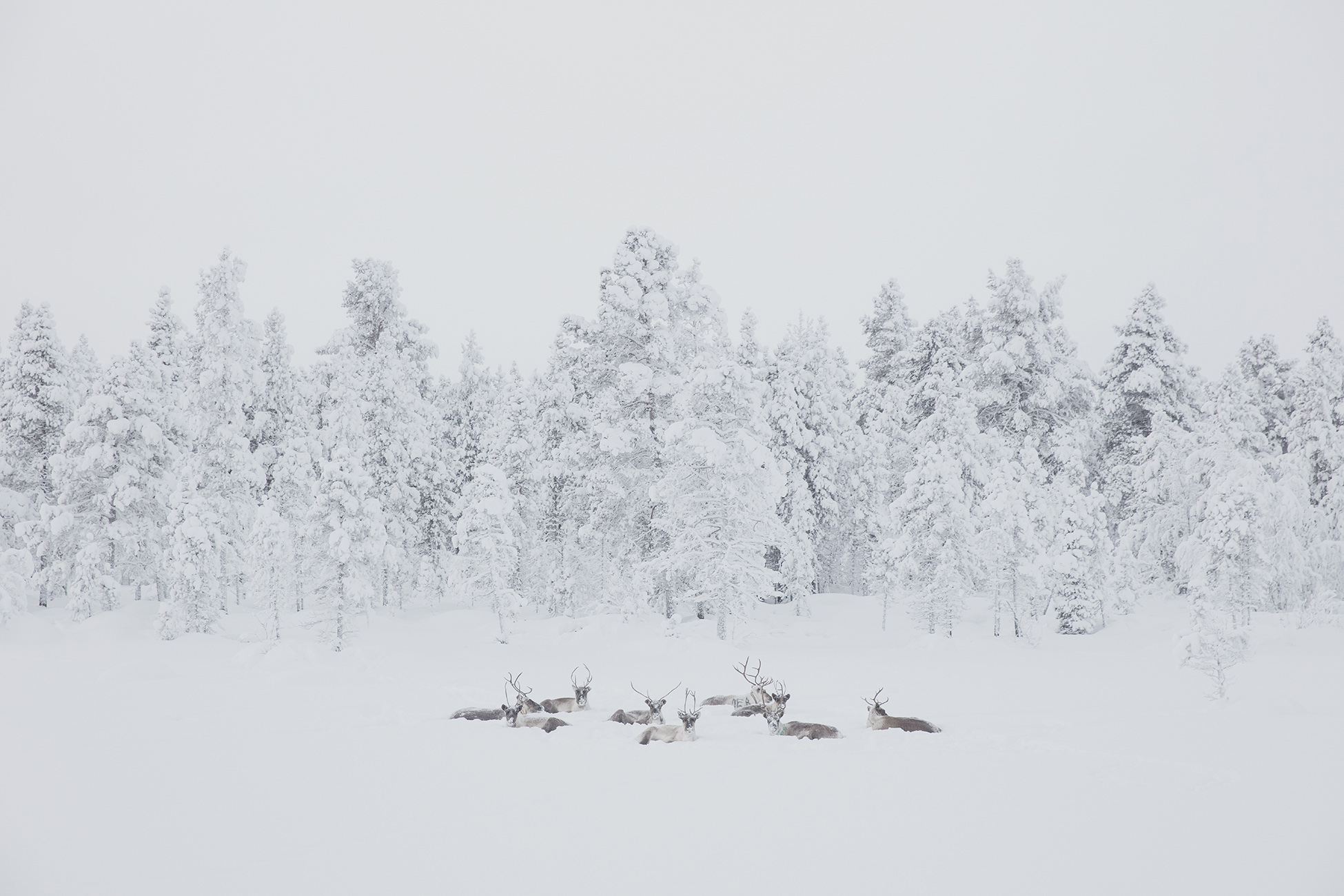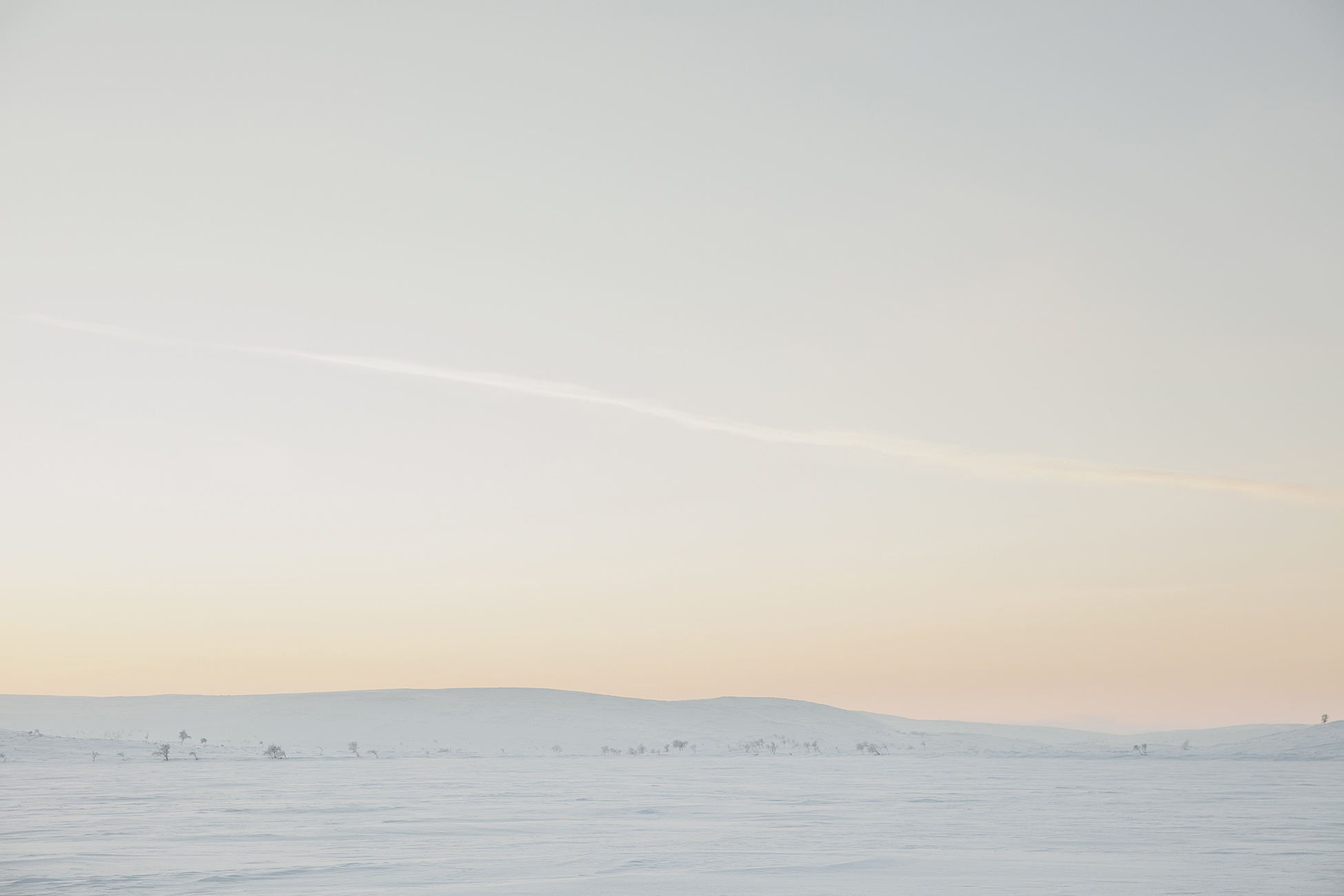The North Chose Us The Indigenous Sami People Anni-Saara Aikio tenderly feeds one of her family’s reindeer on the edge of a snow-draped forest in Vuotso, Lapland. The skittish animal is smaller than the others and nervously gobbles up the damp straw in her cold hands before springing away into the sparkling whiteness.Her family have herded reindeer in these harsh northern latitudes for generations. But their way of life is under threat like never before from global corporations keen to get their hands on the region’s rich mineral deposits and open up Arctic shipping routes to markets in Asia.“Without land, our reindeer wouldn’t be able to live and without reindeer, the Sámi culture is gone,” she says. “I’m afraid that someday we will only be able to read about Sámi people in school textbooks.” The Sámi – who are the only recognised indigenous people in the EU – fear for the future because they do not have control over the forests, lakes and fells that have been home to their ancestors since the last ice age. Mining companies surround their homeland in northern Lapland. The biggest mine in Finland, where everyday trucks remove 45m tonnes of waste rock and ore, is in Kevitsa. Europe’s largest gold mine, which is owned by Canadian producer Agnico Eagle, is 85km away in Kittilä. Anglo American is currently carrying out exploratory drilling in an EU-protected nature reserve in Viiankiaapa. Last year, 4,250 hectares of forest were earmarked for felling and 253 gold extraction permits were in place, including 15 new ones for heavy digging machinery, in their homeland. A proposed railway linking southern Finland to the EU’s first Arctic port, in Norway, could help to mine and logging companies reach into the most pristine parts of Lapland. The area’s municipalities insist they do not need the permission of the Sámi people even through the railway will cut through their reindeer herding areas. They promote the project to global investors as a way to develop the region’s ore fields and timber industry, as well as exploiting oil and gas reserves in the Barents Sea, which contain 5‑13% of the world’s untapped oil and 20-30% of the world’s untapped gas. The region’s politicians envisage that the railway will one day carrying millions of tonnes of goods to Europe from container ships taking advantage of melting sea ice in the Northeast Passage. Around 90km to the north of Anni-Saara’s home is Inari village, which is the centre of Sámi political life. As darkness falls on the lakeside settlement, Sámi parliament president, Tiina Sanila-Aikio, makes clear her opposition to the railway plan. She says it is a continuation of colonial attitudes towards the Sámi, which saw their spiritual beliefs, democratic village councils were known as Siida and language suppressed over the course of the 19th and 20th centuries. “First, they took the religion, then they broke the Siida system, then they took the lands and the language. And now they want to build a railroad,” she says. Although the Sámi now has an elected parliament and language and culture rights enshrined in the Finish constitution – they do not have control of their homeland. Finland, unlike Norway, has not ratified the UN’s Independent Labour Organisation’s convention of indigenous people, which would give the Sámi a greater say over their lands and waters. Nor has the Finnish state ever apologised for the treatment of the Sámi, which both the Norway and Sweden governments did in the 1990s. For Sanila-Aikio this is personal as much as political; her husband is a reindeer herder and stands to see his land divided. “My husband knows every creek, every mountain and every forest by name – and how they have been used and who has been using it,” she says, lifting glasses and wiping large tears of indignation from her reddening eyes. “Then they come and say we are going to build a railroad.”
Exit Fullscreen

